1918: Spanish Flu
During the influenza epidemic of 1918, quarantine centers and emergency military hospitals had to be built to house and give medical care to the many citizens who fell ill.
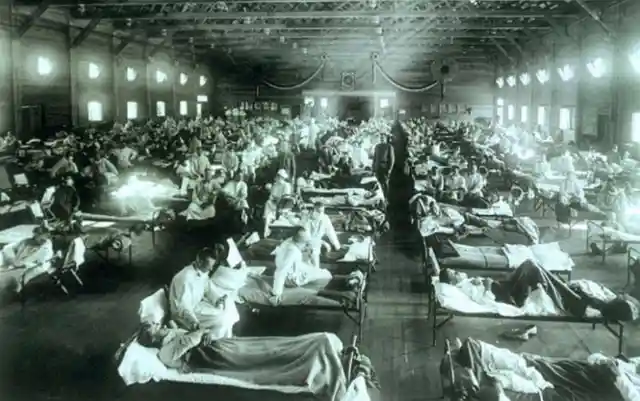

With a third of the world’s population infected and at least 50 million people dead, the Spanish flu remains one of the deadliest outbreaks in human history to this date.
1919: Vladimir Lenin Speaking To Crowd
This well-known photograph shows the exact moment Russian revolutionary leader Vladimir Lenin made a passionate speech to Vsevobuch servicemen, in which he urged them to stay together for the “glory and safety of Russia.”
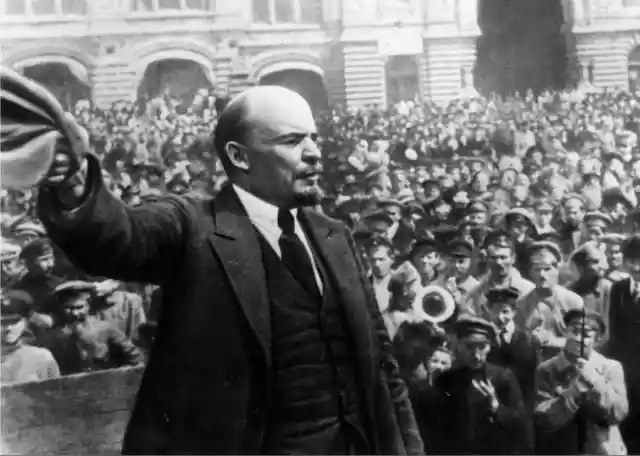

Lenin gave this speech in Red Square, Moscow, in 1919, a year after the “Red Army” was established. The “Red Army” was a branch of the armed forces formed by the Sovnarkom government in 1918.
1920: Republican National Convention
In Chicago, in June 1920, United States GOP delegates and other party members gathered for the Republican National Convention, which was at an impasse according to historians. The reason was the lack of a candidate everyone could agree on.
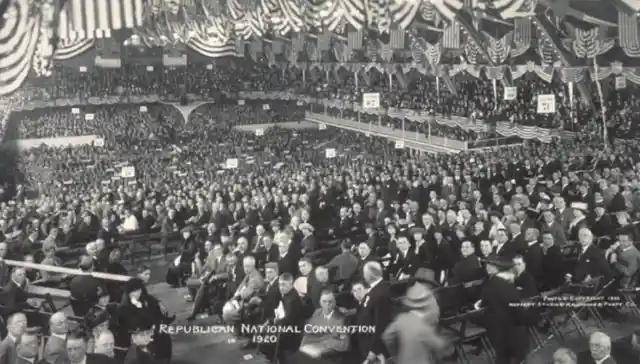
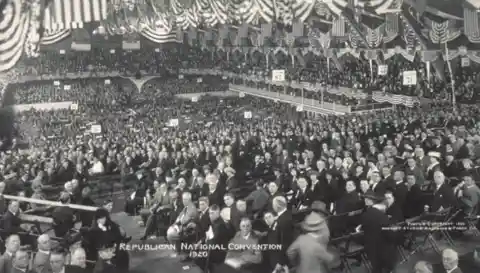
Finally, leaders ended up turning their attention to Ohio Senator Warren G. Harding. Harding, alongside Calvin Coolidge as his running mate, defeated Democrat James M. Cox.
1921: ‘Camille’
In the 1920s, Hollywood’s “original Latin lover” Rudolph Valentino and Russian-born actress Alla Nazimova were considered two of the biggest film stars. Here, we can see them alongside Arthur Hoyt in the 1921 film “Camille.”
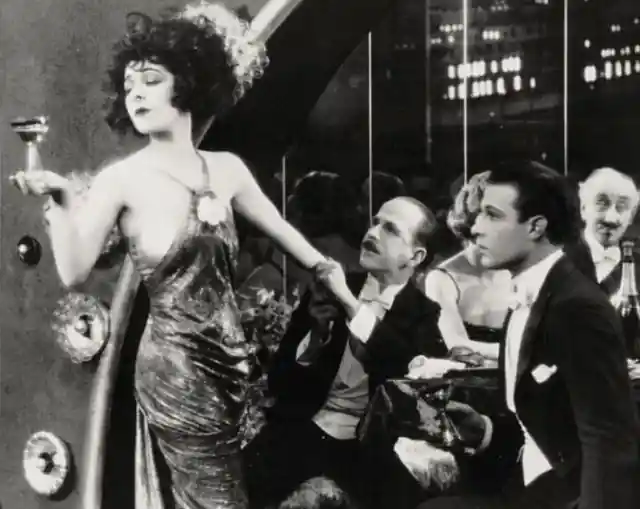

While Nazimova was mostly known for starring in “Since You Went Away” and “Madame Peacock,” Valentino made a name for himself by appearing in hits like “The Four Horsemen of the Apocalypse” and “Blood and Sand.”
1923: Fred And Adele
Before being one half of the iconic dancing duo alongside Ginger Rogers, Fred Astaire had a vaudeville act with his sister, Adele. This act took them to Broadway, where they produced “For Goodness Sake,” “Funny Face,” and “The Band Wagon.”
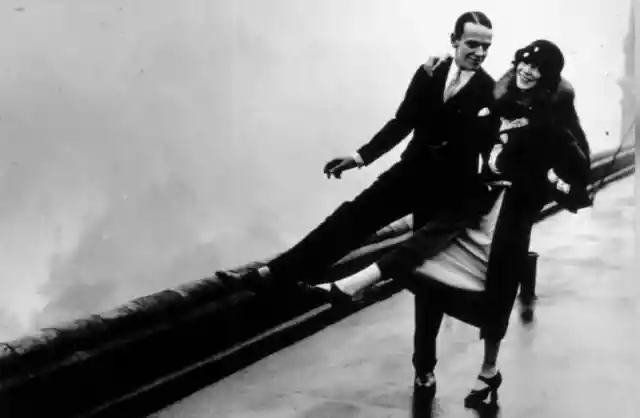
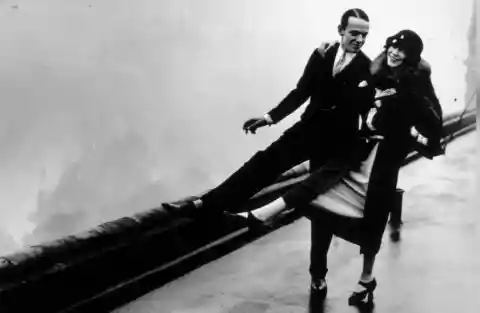
Fred’s career ended up being more famous than Adele’s. However, it has been suggested that Adele was the most talented sibling.
1924: Lenin In State
The picture below shows a funeral, but not just any funeral. This is the first leader of the Soviet Union, Vladimir Lenin, lying in state at the Kremlin.
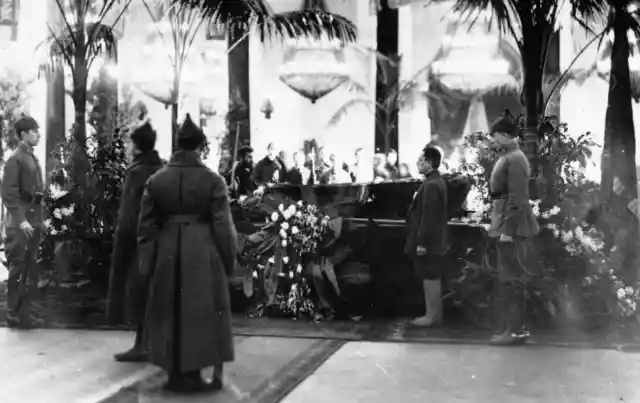

Lenin, who was the leader behind the communist Bolshevik Revolution, died in 1924 of a brain hemorrhage. According to what his doctors said at the time, his arteries were “so calcified that when tapped with tweezers, they sounded like stone.”
1925: Dolly Sisters
Identical twins Jenny and Rosie Dolly were known as the Dolly Sisters in the 1920s. The Hungarian-born were famous for entertaining princes, kings, millionaires, and other members of the world’s elite.
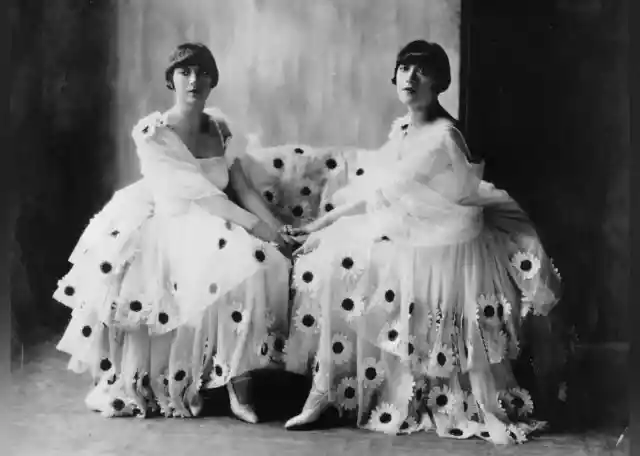
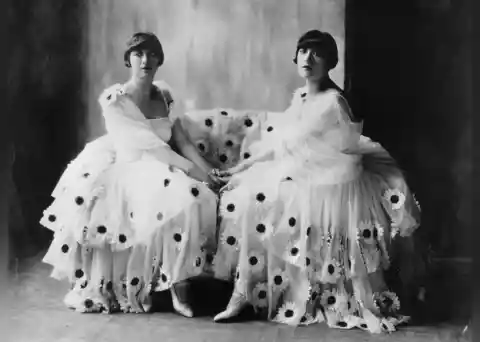
The Dolly Sisters were the embodiment of the era’s decadence. However, while to the public eye they seemed to be basking in beauty and glamour, their private lives were anything but. In the 1940s, Jenny Dolly committed suicide after a car wreck had disfigured her face. Two decades later, her sister Rosie attempted suicide but did not succeed and passed away in 1970.
1926: Suzanne Lenglen
Before the Venus sisters became the stars they are today, there was a French tennis player who, in the 1920s, captivated the world. Suzanne Lenglen was not your ordinary tennis player.
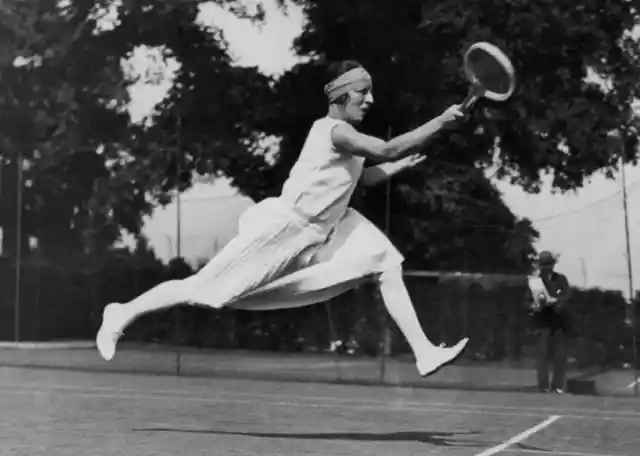
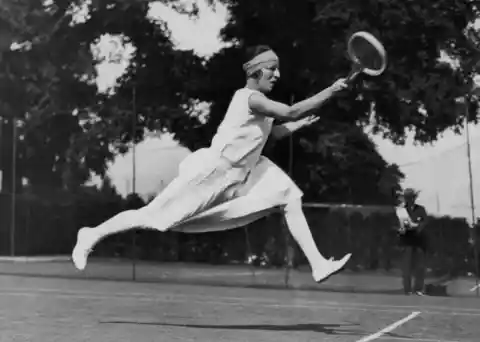
Over the years, she was known for her (for the time) controversial habits. The tennis player wore red lipstick, drank alcohol, and cursed. She would also expose her bare arms and wear skirts above the calves. These were the reasons for which she was called “the most polarizing women’s tennis player of her generation.”
1927: Charles Lindbergh
Charles Lindbergh made history and a name for himself when, in 1927, he flew a single-seat monoplane from New York to Paris. This voyage made him the first person to make a nonstop solo flight across the Atlantic.
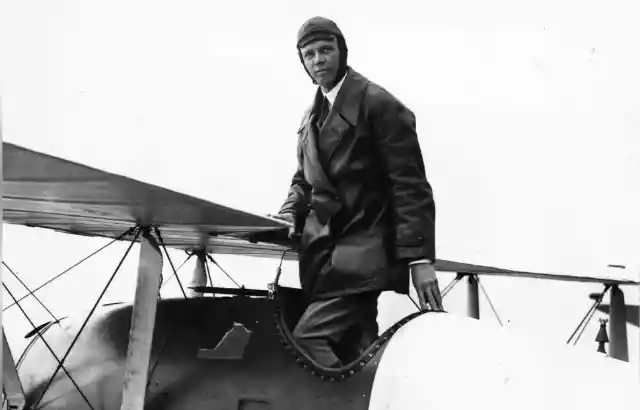
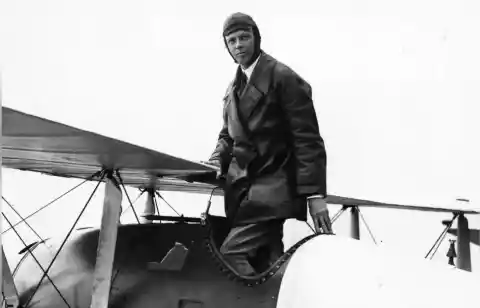
Lindbergh also became world-famous when the “Lindbergh Law” was passed. This piece of legislation makes crossing state lines a federal offense during a kidnapping. The kidnapping of the pilot’s 20-month-old son was the event that led to the origin of the “Lindbergh Law.”
1928: Amelia Earhart With Airplane
Amelia Earhart became the second person to make the same transatlantic flight Charles Lindbergh made. The intrepid aviator was also the first woman to attempt the journey, flying from Canada to Northern Ireland.

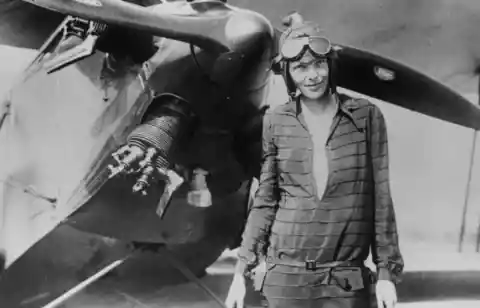
Earhart disappeared over the Pacific Ocean in 1937 while attempting to fly around the world. Both history and aviation fans remain intrigued, as her plane was never found.
1929: Churchill’s Budget
Winston Churchill became Britain’s Prime Minister in 1940. But long before that, he served as the chancellor of the exchequer, which meant he was the nation’s treasurer. During that time, Churchill oversaw what, to this day, many historians consider a mistake: the return to the gold standard.
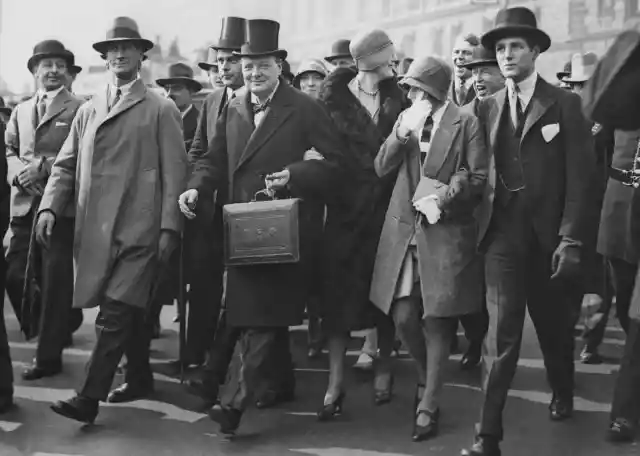
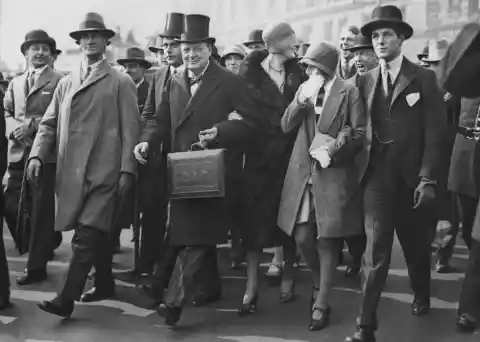
Churchill’s decision led to deflation, deepened the Great Recession, and increased unemployment. All of this led to the General Strike of 1926.
1930: Liberty’s Head
The Statue of Liberty is a monument that was given from France to the United States as a gift to celebrate the alliance of the two nations during the American Revolution. Below you can see a picture showing a group of people leaning out of the head.

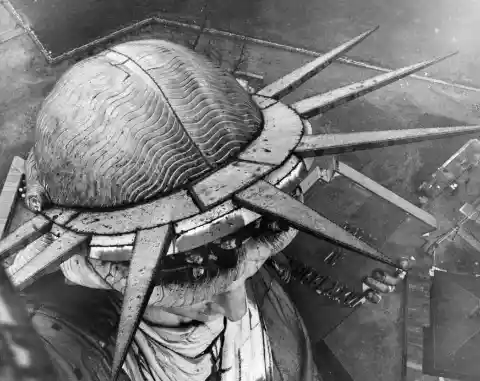
The monument was initially planned to be unveiled in 1876, in conjunction with the nation’s centennial. However, the statue was completed almost ten years later, in 1885.
1931: Empire State Building Construction
Constructed between 1930 and 1931 throughout 7 million man-hours, the Empire State Building is a 102-story Art Deco skyscraper. The construction of the building was quite dangerous.
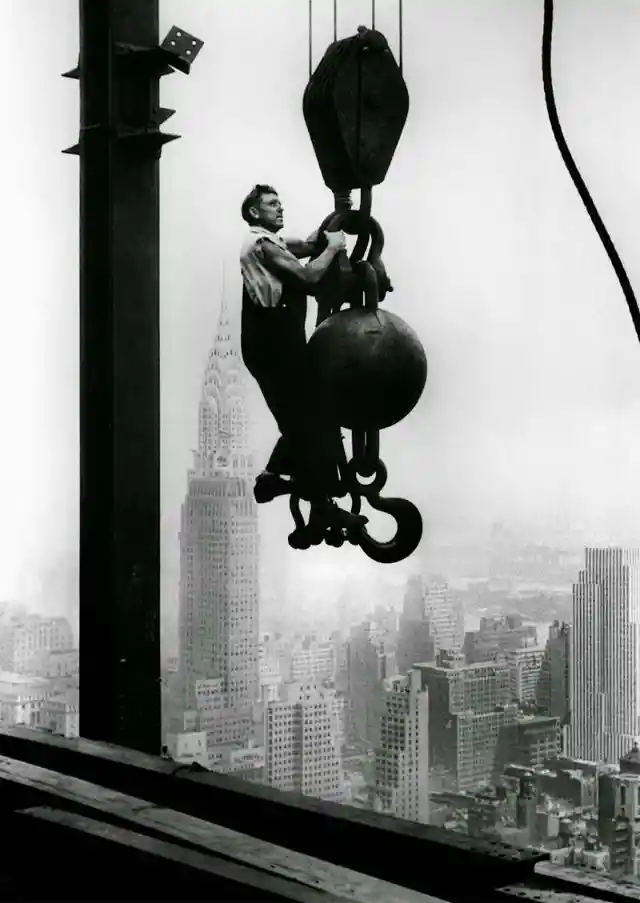
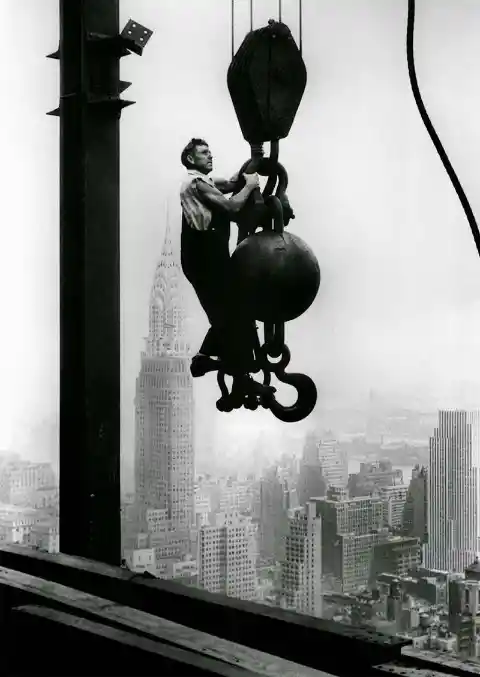
In fact, the lack of safety precautions resulted in the death of five workers. Pictured above is a worker standing on a crane pulley counterweight, with the Chrysler Building in the background.
1932: FDR Elected President
After the Great Depression, Democratic presidential candidate Franklin D. Roosevelt beat incumbent Republican President Herbert Hoover. Roosevelt became the 32nd U.S. president.
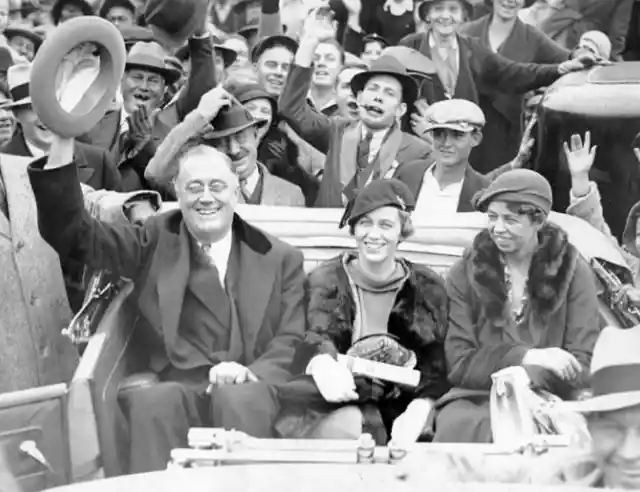
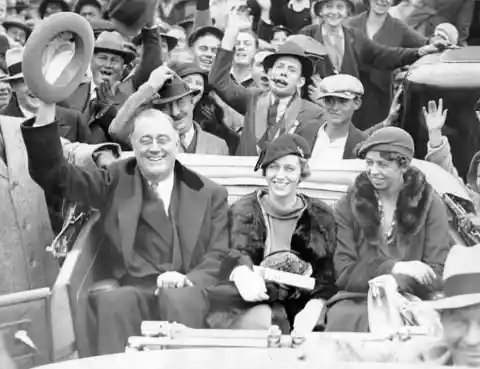
At the time he became president, Roosevelt was paralyzed from the waist down due to an illness that was thought to be polio.
1935: Farm boys Of The Pecos Valley
This image of two farm boys at a carnival was taken several years ago in Roswell, New Mexico, before the town’s rise to fame in 1947. The crash of a U.S. Army Air Forces balloon into a farmer’s field near the Roswell Army Air Force originated what ended up becoming one of the biggest conspiracy theories of all time.
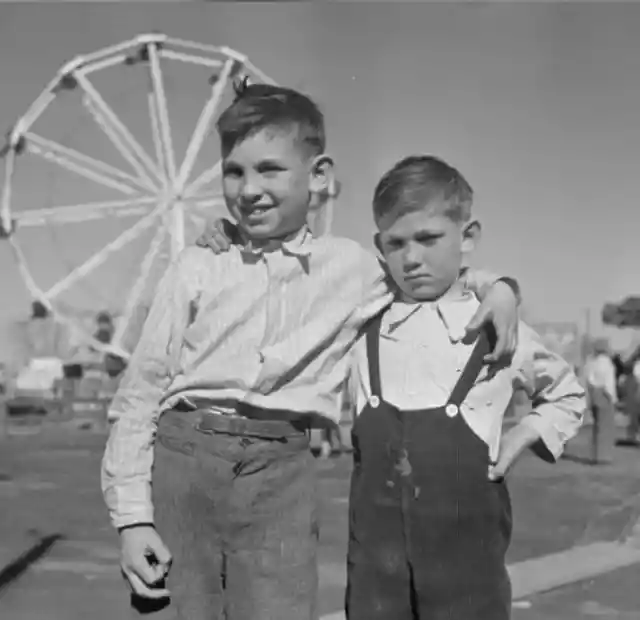

Years later, after denying it for decades, the U.S released a report stating the debris from the crash was most likely linked to a top-secret nuclear espionage program known as Project Mogul.
1936: Jesse Owens
Track field legend Jesse Owens was dubbed the “The Buckeye Bullet” after his home state of Ohio. The athlete enjoyed such glory that, to this day, he is still regarded as one of the greatest athletes of all time.
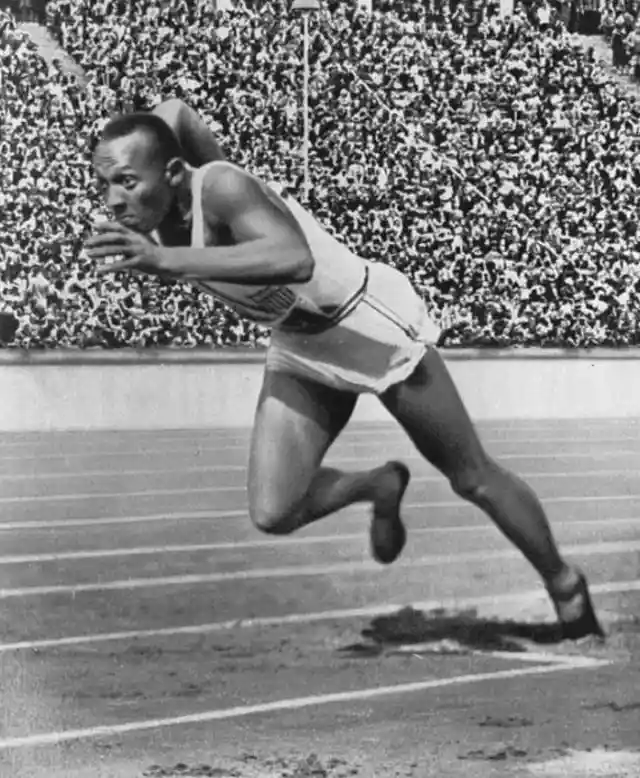
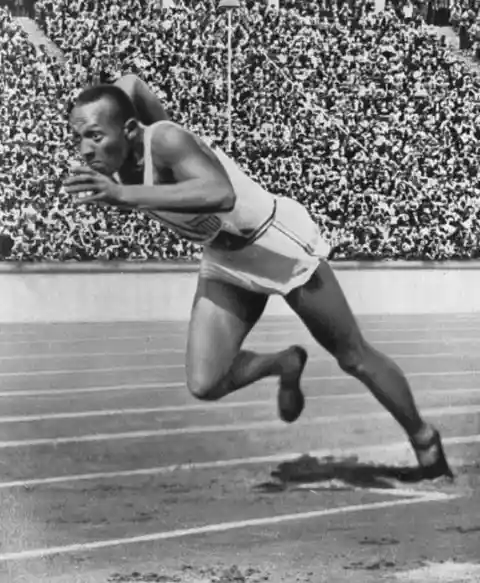
During the 1936 Olympic Games in Berlin, the African American star athlete made history by winning four gold medals and setting three world records. What is so special about this is that he did it while Adolf Hitler was pushing for his theory of Aryan racial superiority.
1939: Marian Anderson At The Lincoln Memorial
In 1939, African American opera star Marian Anderson was denied the opportunity to perform an Easter concert for the Daughters of the American Revolution (DAR). The refusal came from the institution itself.
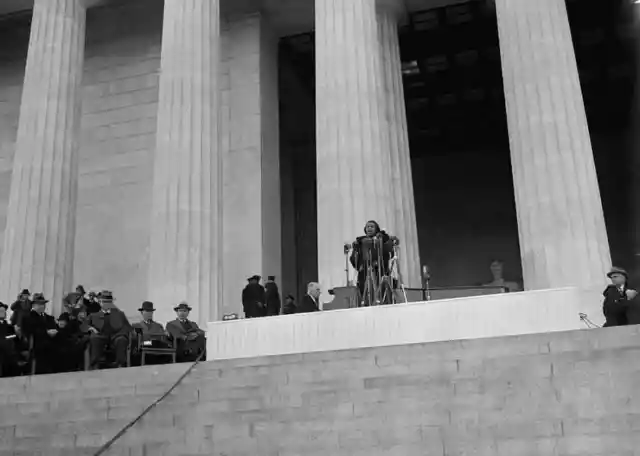
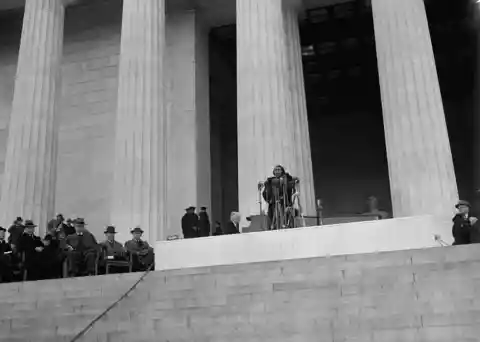
In light of this situation, Anderson held a performance at the Lincoln Memorial that caught the eye of many and prompted organizations to review and change their segregationist policies.
1940: Gas Drill At A London Hospital
During World War II, it was common for British citizens to be fearful of German attacks. Amid fears of possible aggression, the British government sought to bring peace to the people by supplying every citizen with a gas mask.

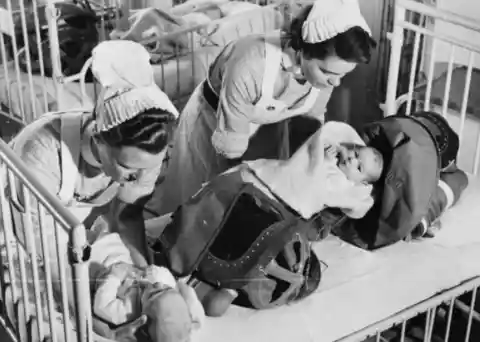
Special masks had to be issued for infants. These protective devices featured steel helmets and rubber-coated canvas to keep gas from penetrating
1942: Internment Of Japanese Americans
Speaking of Pearl Harbor, two months after the attack, President Roosevelt signed Executive Order 9066. This directive allowed the U.S. military to create areas “from which any or all persons may be excluded.”

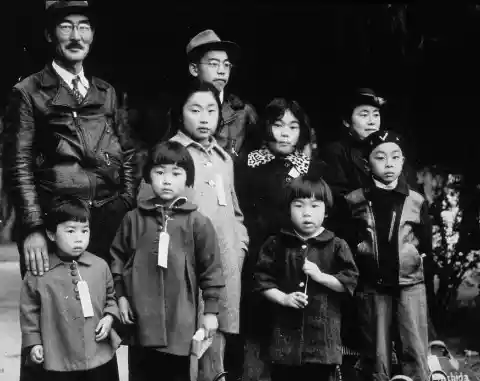
The move, which Roosevelt was forced to suspend by the Supreme Court in December 1944, led to the incarceration of over 127,000 Japanese American citizens.
1944: Liberation Of Paris
After being occupied by the German for four years, Paris was liberated from Nazi rule on August 25, 1944, by the French 2nd Armored Division.
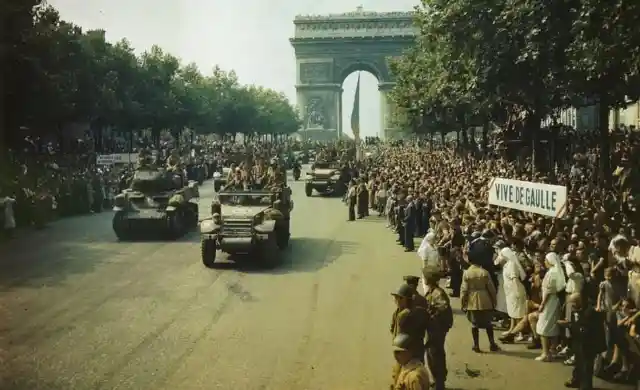
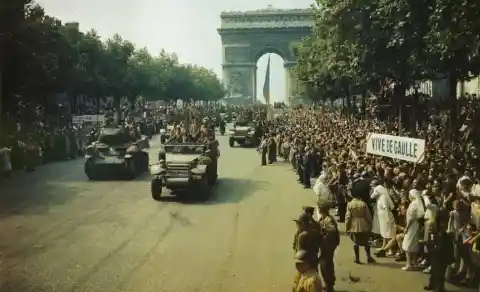
Right before the city's liberation occurred, Adolf Hitler had ordered General Dietrich von Choltitz to destroy the city’s landmarks and burn the city down. The German commander defied Hitler by refusing to carry out the order.
1945: V-J Day In Times Square
On August 14, 1945, with the news of the end of World War II spreading, hundreds of Americans rushed to the streets to celebrate. Out of all the pictures that came out of this moment of joy, there is one that stood out the most.
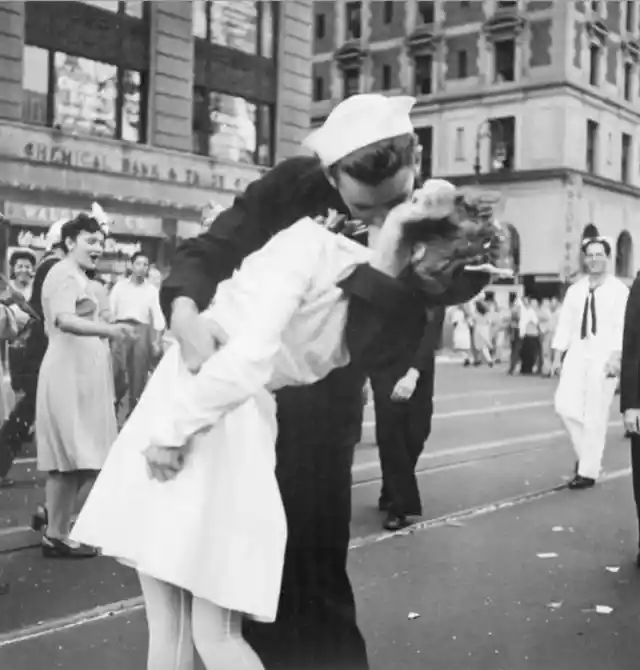

The picture of a sailor kissing a woman in Time Square became the world’s most recognizable photo of the celebration. Here we bring you the same kiss, but from a different angle.
1946: Juan Domingo Perón Becomes President Of Argentina
Former military general Juan Domingo Perón was elected president of Argentina in 1946, with 52% of the popular vote. A year before the election, he had married actress Eva Duarte, commonly known as Evita.
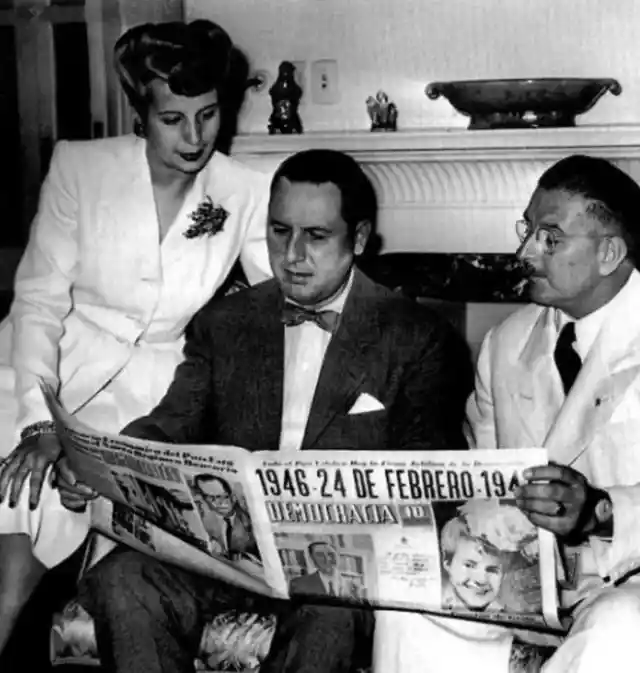
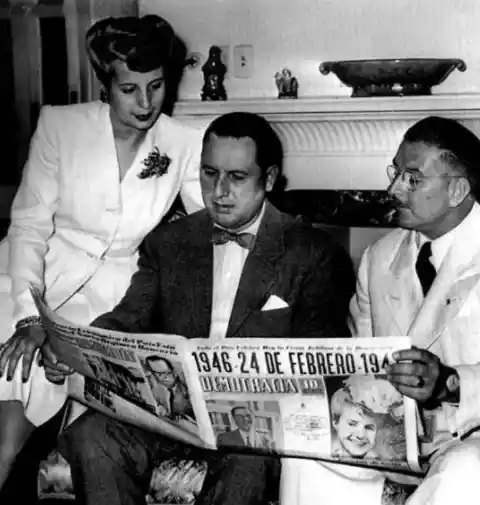
President Peron was overthrown by the military in 1955. Before that, he and Evita formed trade unions, universalized social security, made paid vacations the standard, and made education free.
1947: Jackie Robinson Makes History
In 1947, American sports legend Jackie Robinson became the first African American to play Major League Baseball since the 1880s. By that time, he was already well known for holding a lifetime batting average of 311.
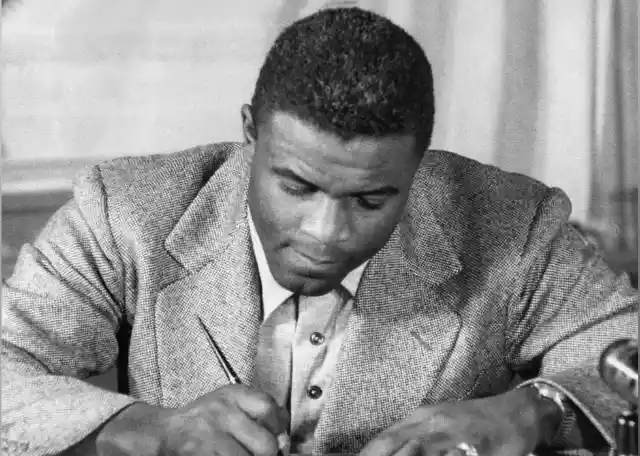
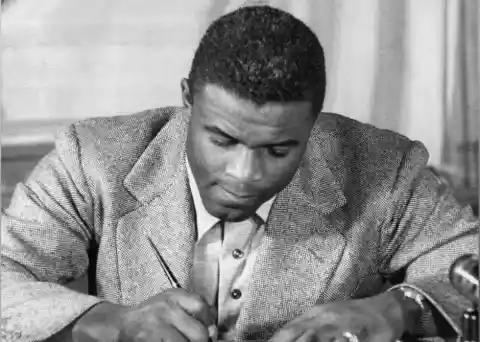
Being the only black player of the era, Robinson had to endure heckling and threats from members of his team and the opposing teams as well.
1948: Babe Ruth’s Final Appearance At Yankee Stadium
In 1948, American baseball legend Babe Ruth was weakened by cancer, a disease that would take his life shortly after.

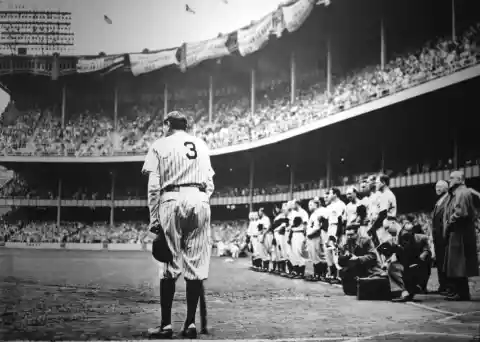
Before that, his friends helped him into his uniform so that he could make his final appearance at Yankee Stadium, where the beloved sports icon was well received by everyone with a roaring ovation.
1949: North Atlantic Treaty
In 1949, the NATO pact was signed by Britain, France, Canada, Denmark, Norway, Iceland, Italy, Belgium, Luxembourg, Portugal, the Netherlands, and the United States.
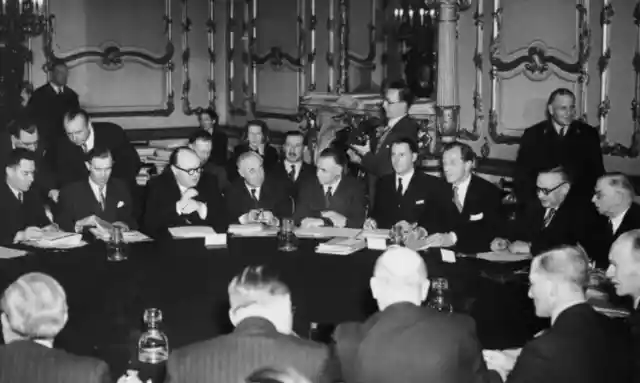

The North Atlantic Treaty Organization was a defense alliance to defuse the persistent Soviet threat. The alliance lasted throughout the Cold War and continued to play an essential part in post-Cold War Europe.
1951: ‘A Streetcar Named Desire’
Before its film adaption in 1951, Tennessee Williams’ Pulitzer Prize-winning play “A Streetcar Named Desire” had already enjoyed its fair share of recognition.


Director Elia Kazan produced the film, and Vivien Leigh, Marlon Brando, and Kim Hunter starred in it. The movie was highly praised and went on to win four Oscars and a Golden Globe.
1952: Russia’s First Medal
Nina Romashkova made history in 1952 when, at the Helsinki Olympic Games, she threw a discus 51.42 meters and beat the previous record. This accomplishment made her the first Soviet competitor to win an Olympic gold medal.
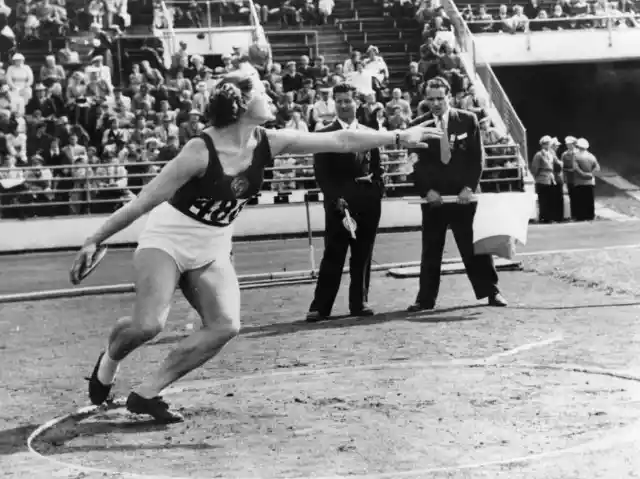
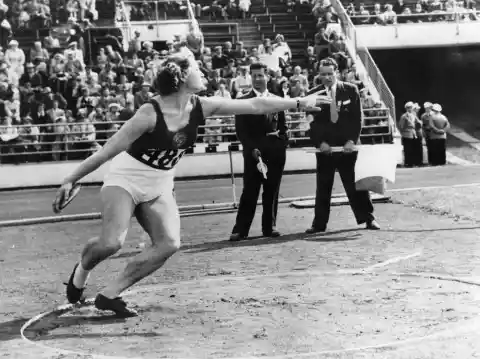
But this is not the only thing she is known for. The athlete is also remembered for being caught shoplifting from a London boutique.
1953: Queen Elizabeth II Is Crowned
Princess Elizabeth of York was crowned Queen when she was 27 years old. The coronation ceremony was held in Westminster Abbey on June 2, 1953.


Queen Elizabeth II succeeded her father, King George VI, who died from a coronary thrombosis at the age of 56.
1954: Marilyn Monroe
Marilyn Monroe was and still is one of the biggest sex symbols of all time. The actress, whose real name was Norma Jeane Mortenson, died at the young age of 36 of an overdose.
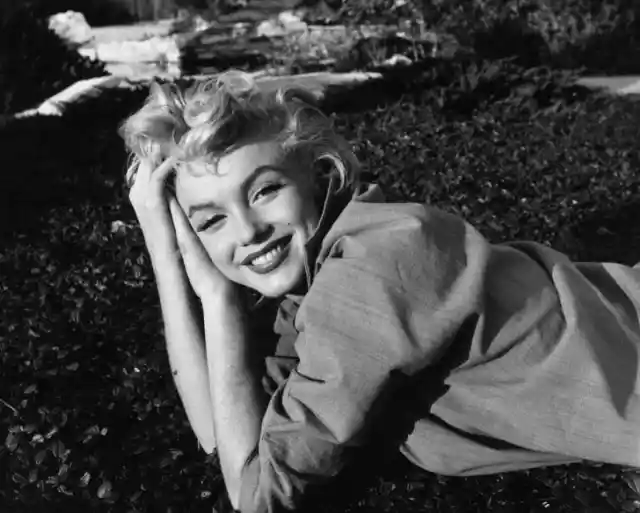
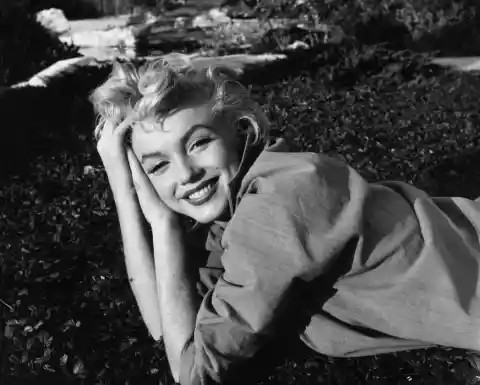
During her lifetime, the blonde bombshell became a top-billed actress who was immortalized in many iconic photographs and movie stills.
1955: James Dean
American actor James Dean rose to fame very quickly after starring in “East of Eden,” “Rebel Without a Cause,” and “Giant.” Sadly, his career was short-lived, as the actor died in 1955 at the age of 24.
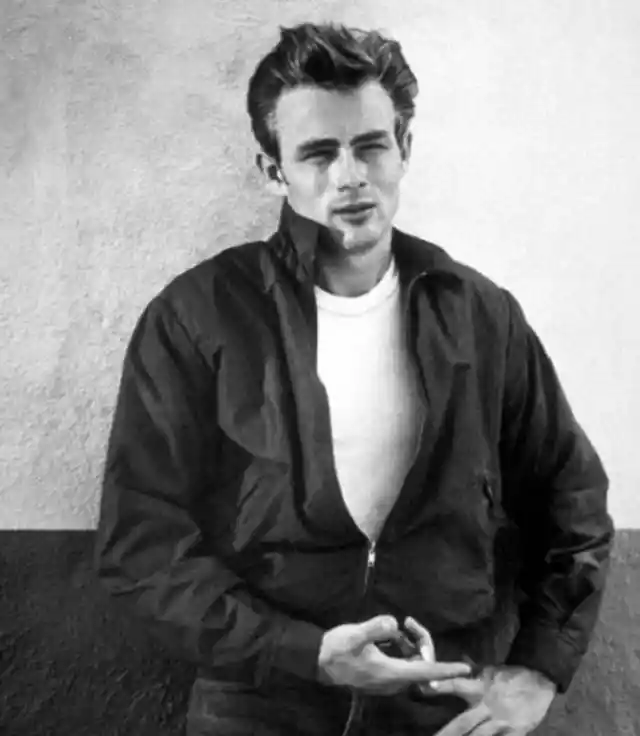
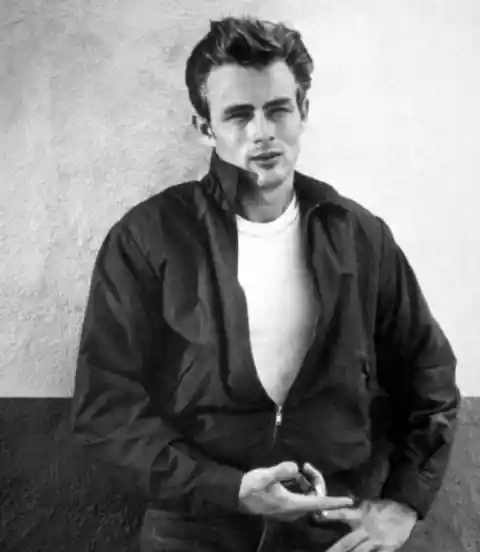
Even though Dean only had three film appearances, his last two film performances were good enough to earn him two posthumous Oscar nominations.
1957: Little Rock Nine
While it is true that the landmark 1954 Supreme Court case Brown v. The Board of Education ruled segregation in schools unconstitutional, it is also true that white Americans remained very much against integration.
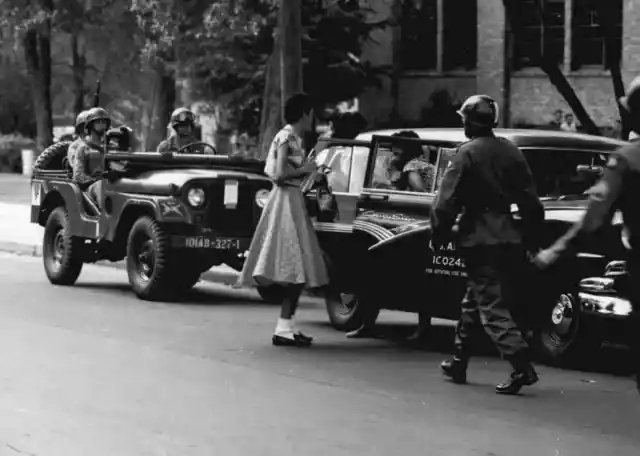
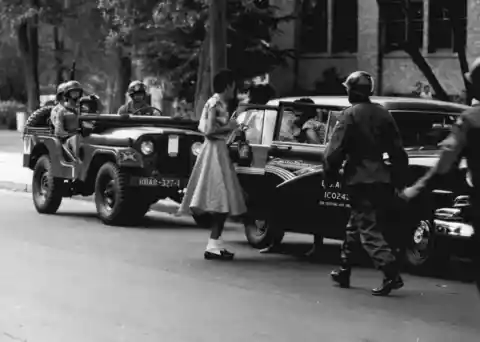
The animosity towards integration led to vicious racist protests, such as the one in Arkansas in 1957, when nine African American students attempted to begin the school year at Central High School in Little Rock. These students are now known as the “Little Rock Nine.”
1958: Boeing Interior
Pictured below is the crew of the Boeing 707 performing a test flight over Britain. This colossal jet airliner, owned by Pan-Am, could hold 165 economy class passengers and was set to have kicked the jet age into top gear.
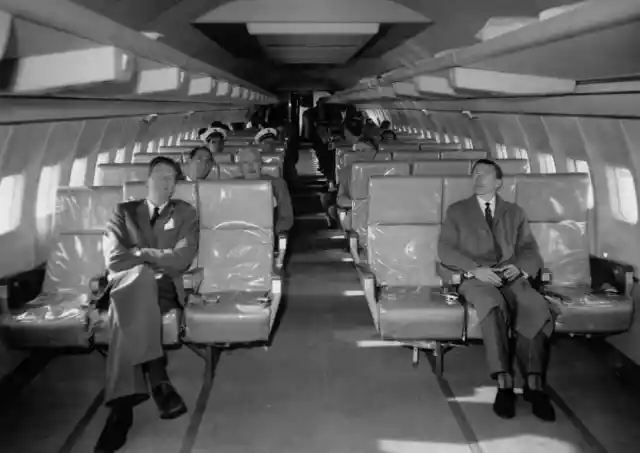

The Boeing 707 began operating on October 17, 1958, with an inaugural flight that welcomed President Eisenhower as its guest.
1959: Fidel Castro
In 1959, Fidel Castro launched the 26th of July Movement, thus overthrowing Cuban dictator Fulgencio Batista.

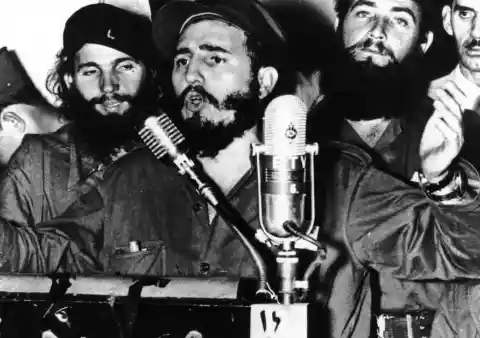
The revolutionary leader and fellow companions seized power in Havana on January 8. Pictured above is Castro addressing a crowd shortly after toppling Batista, who, after being defeated, fled the country.
1960: Muhammad Ali Wins Gold In Rome Olympics
During the 1960’s Rome Olympic Games, boxing legend Muhammad Ali pummeled three-time Polish champion Zbigniew Pietrzykowski.
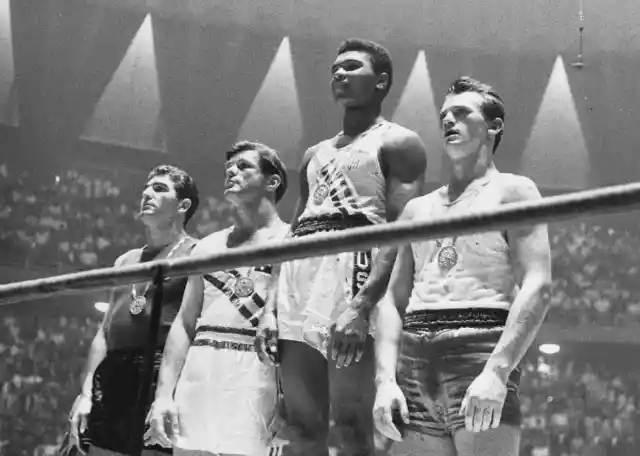
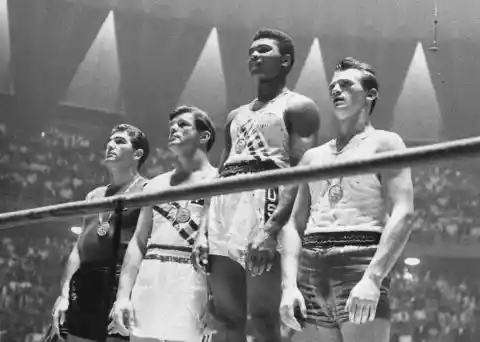
Ali, who was then known as Cassius Clay, coasted through all four fights and took a gold medal home. The celebrated sports figure was only 18 at the time.
1963: Lyndon B. Johnson Is Sworn In
When President Kennedy was shot on November 22, 1963, Vice President Lyndon B. Johnson was swiftly sworn in aboard Air Force One.
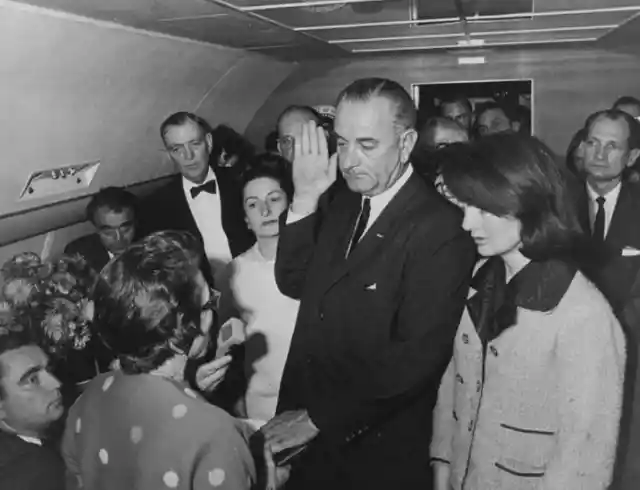
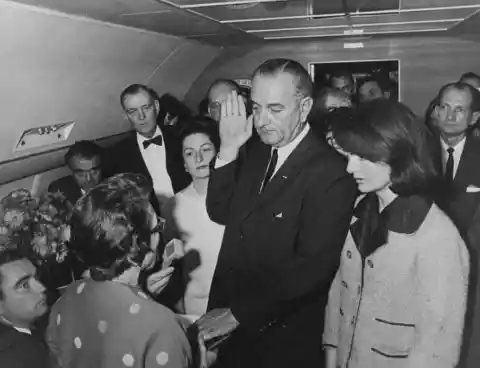
This was the first time that a woman administered the oath of office and the first and only time in history that a president has taken the oath on an airplane.
1964: Lyndon B. Johnson Signs The Civil Rights Act
While it is true that a civil rights bill was submitted to Congress by the late President Kennedy, it was under Johnson’s administration that the Civil Rights Act was passed.
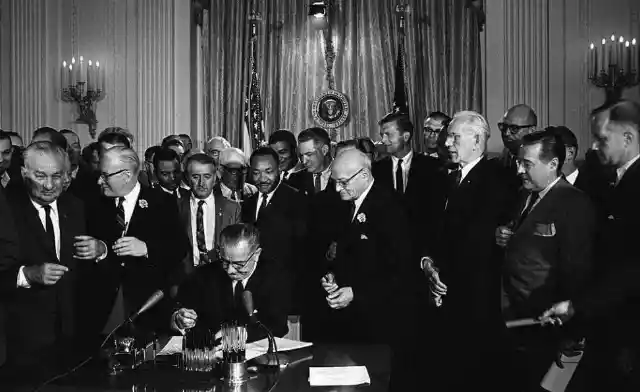
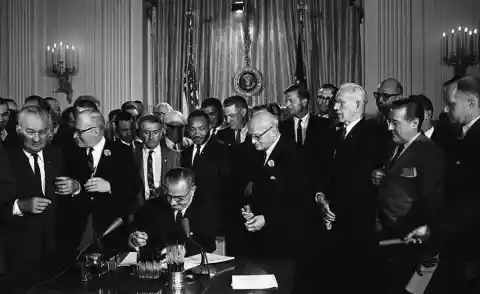
The act banned discrimination based on race, color, religion, sex, or national origin and is considered “one of the most significant legislative achievements in American history.”
1965: Muhammad Ali And Sonny Liston
In this 1965 photo, American boxer Sonny Liston is seen face-down after being knocked down by Muhammad Ali during their rematch fight, which took place in 1965.

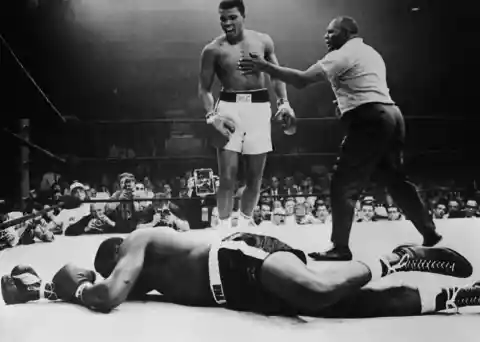
Muhammad Ali knocked Liston out in the first round with a blow so hard to believe and difficult to see that many skeptics called it “the phantom punch.”
1966: China’s Youth Cultural Revolution
When Chairman of the Chinese Communist Party Mao Zedong published a “Little Red Book” outlining his ideas for the Cultural Revolution, a large group of students joined the revolution to bring down Zedong’s political foes.
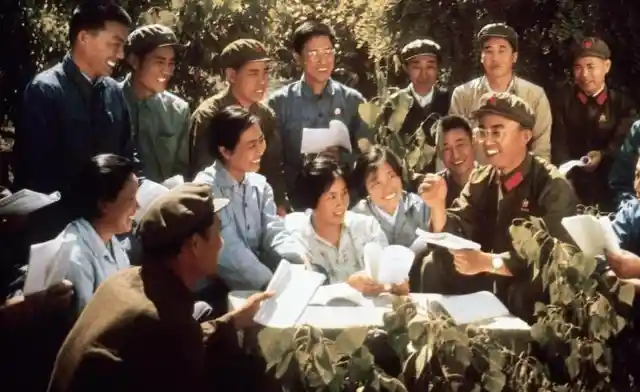
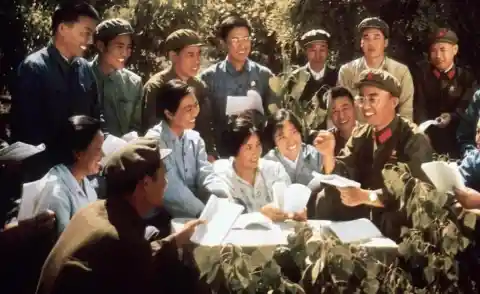
The students that were members of this group were called Red Guards, and they aimed to “make China Maoist from inside out and help the working people of other countries make the world red...and then the whole universe.”
1968: Tommie Smith And John Carlos At Olympics
When track and field athletes Tommie Smith and John Carlos won gold and bronze medals, respectively, little were they thinking about their triumph. Both men took this chance to raise awareness for a much more important cause.
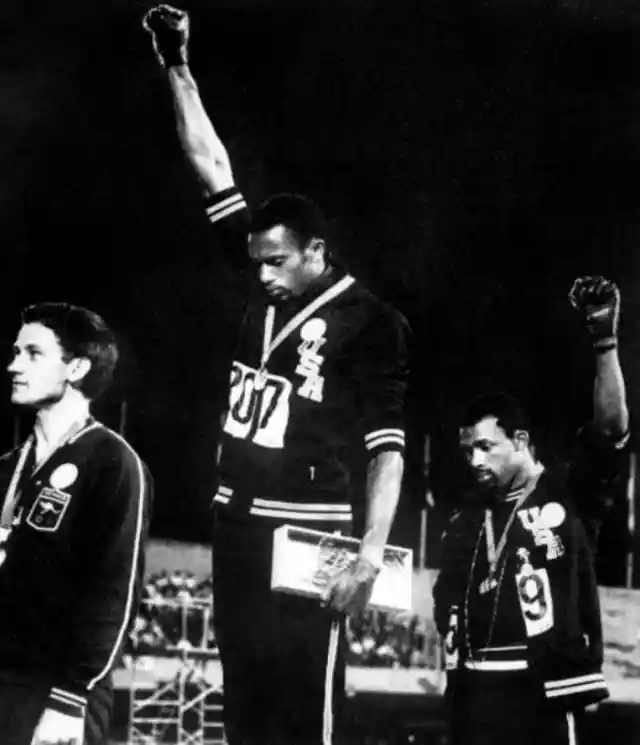
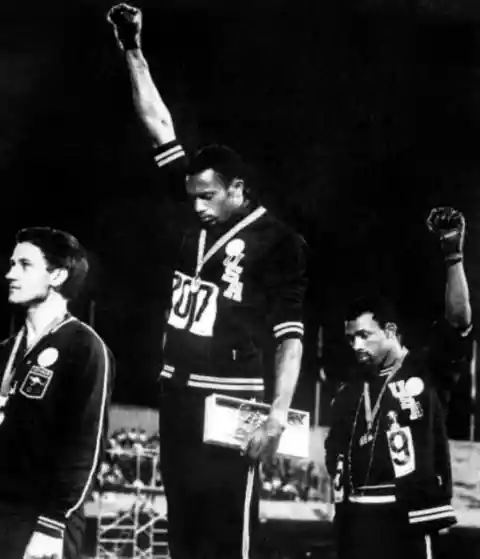
Wearing black gloves, they stood barefoot on the podium and raised their fists in solidarity to protest racial discrimination following the assassination of Martin Luther King Jr. and the Vietnam War.
1969: Apollo 11 Mission
The Apollo 11 mission was an event that drew the attention of millions of spectators from all over the world. As soon as Neil Armstrong stepped onto the moon's surface, history was made.

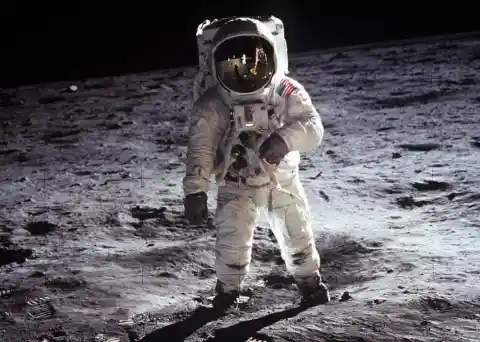
There is not a single person who does not remember Armstrong’s words describing the landing (“one small step for a man, one giant leap for mankind”). Pictured above is fellow astronaut Buzz Aldrin during the mission.
1970: Maggie Smith Wins Academy Award
Dame Maggie Smith is mostly known nowadays for her more recent roles in the “Harry Potter” films and “Downton Abbey.”
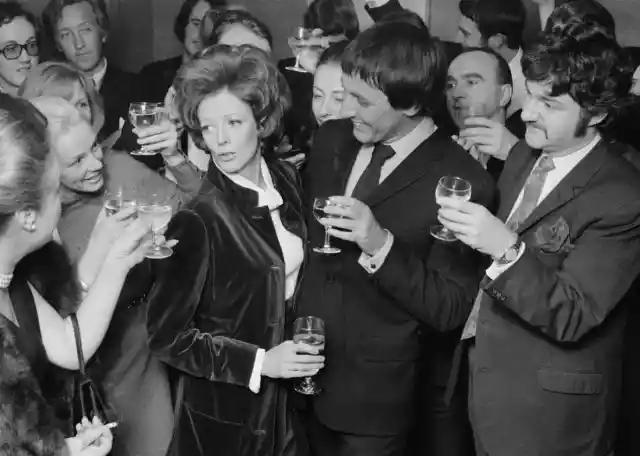
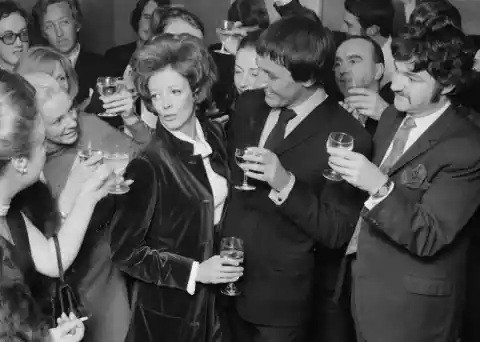
However, the actress has enjoyed a long successful career since the early 1970s, when she won an Academy Award for Best Actress.
1971: ‘All in the Family’ Debuts
The sitcom ‘All in the Family’ made its debut in January 1971 and held the #1 spot in the Nielsen rating for over half of its nine-year run.

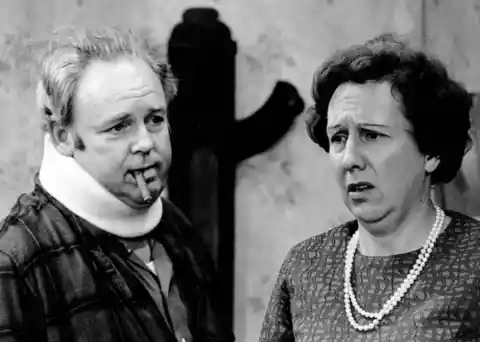
This groundbreaking show, the first on television to address pressing social issues such as racism and sexism, followed the ups and downs of a working-class family in Queens with a bigoted patriarch.
1972: Actress And Activist Jane Fonda Visits Vietnam
Amidst all the tension going on due to the war in Vietnam in 1972, American actress and peace activist Jane Fonda called for the world’s attention after visiting a Hanoi site that had been bombed by U.S. airplanes.
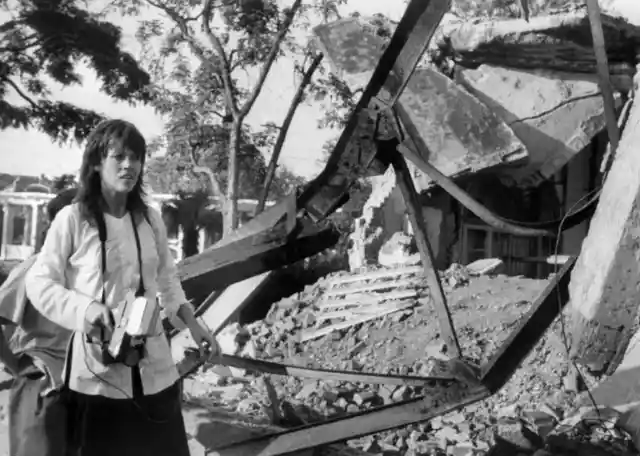
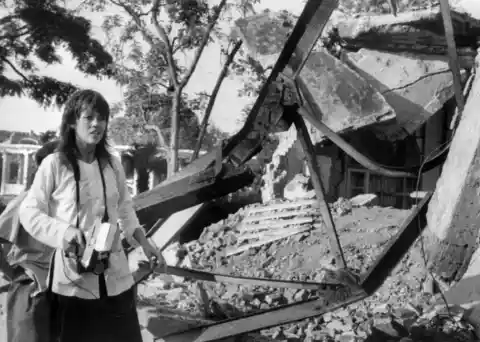
During her visit, the actress made radio broadcasts describing what she saw while visiting the villages and hospitals that had been bombed, visited American prisoners of war, and brought back messages from them to their families.
1973: Operation Homecoming
Operation Homecoming was the return of the 591 POWs (prisoners of war) to American soil. The mission took approximately two months to complete.
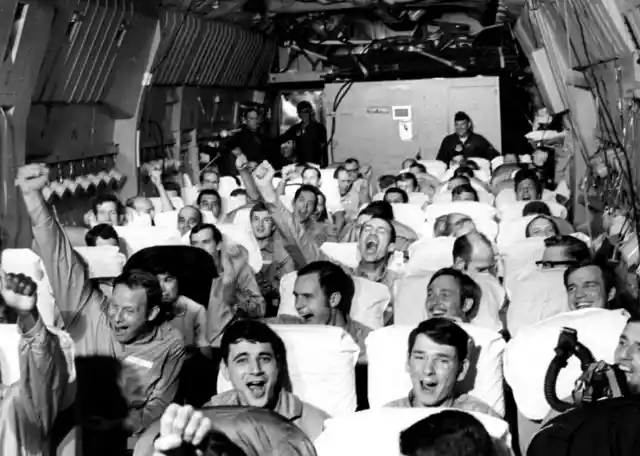

This image above belongs to the U.S. Air Force archives, and it shows newly freed prisoners or war celebrating while a C-141A aircraft is taking off from Hanoi.
1974: Richard Nixon Resigns
The Watergate scandal was a political scandal in the United States that led to Richard Nixon’s resignation.

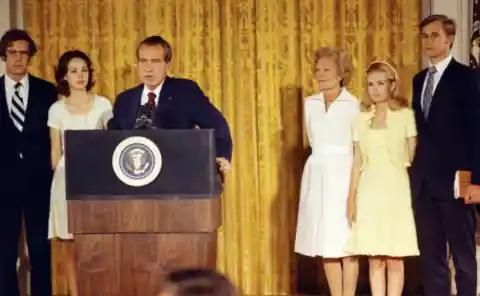
The 37th President of the United States was later pardoned during President Gerald R. Ford’s administration. In Ford’s words, the pardon was “in the best interest of the country.”
1976: Bruce Jenner At The Montreal Olympics
In the mid-70s, Bruce Jenner was considered the “world’s greatest athlete.” In July 1976, the track and field athlete set a record in the men’s decathlon and won a gold medal at the Olympics Games in Montreal.


Long after retiring from sports in 2015, Jenner came out as a transgender woman and changed her name to Caitlyn.
1978: Khomeini Returns To Iran
After being imprisoned, Ayatollah Ruhollah Khomeini was expelled from Iran in 1964. Years later, the religious leader would rebuild his support while in exile.

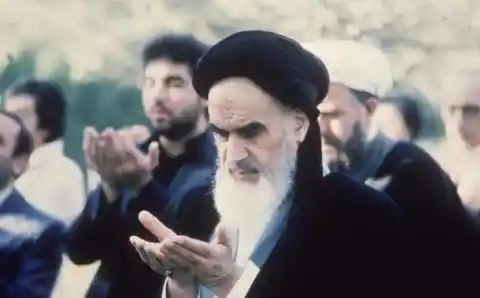
By 1978, several anti-shah demonstrations were taking place. These protests led to a mutiny of the army, which resulted in the ousting of the shah and the return of Khomeini.
1979: Margaret Thatcher Becomes Britain’s Prime Minister
In 1979, Margaret Thatcher became Britain’s first female Prime Minister. Once in power, she reduced social programs and enacted sweeping privatizations of public houses and mining industries.
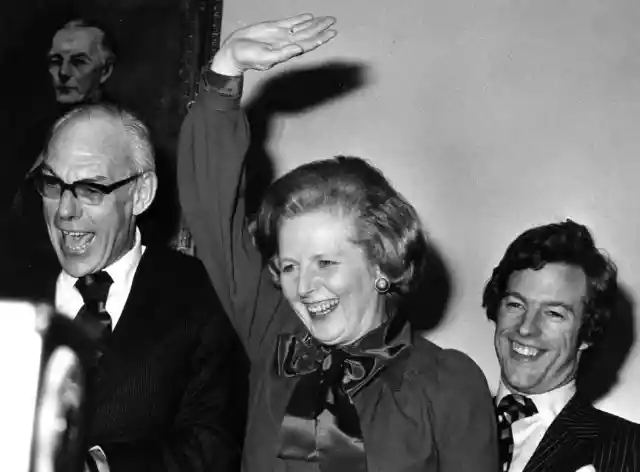
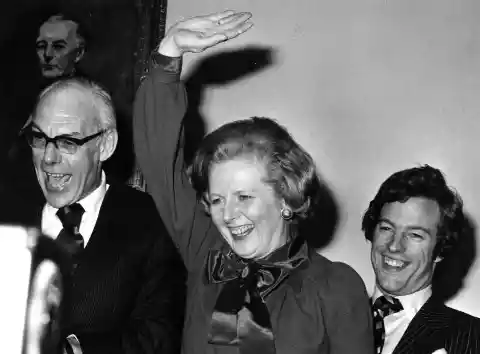
Thatcher was in office until 1990 when, after losing the election for the leadership of the Conservative Party, she resigned as prime minister.
1980: Ronald Reagan Wins The Elections
American actor Ronald Reagan gave a twist to his career when he became more involved in politics. He was the Governor of California for two terms, from 1967 to 1975.
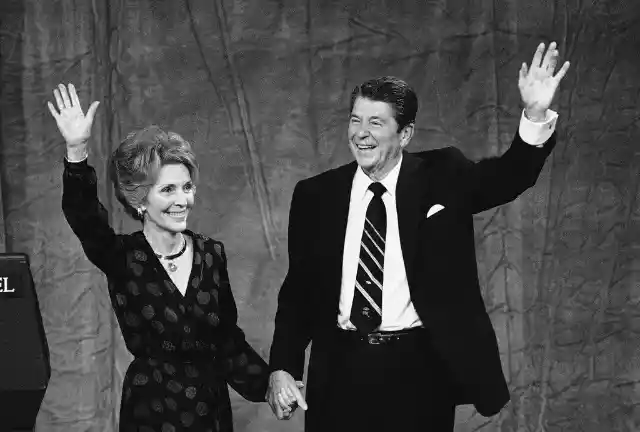
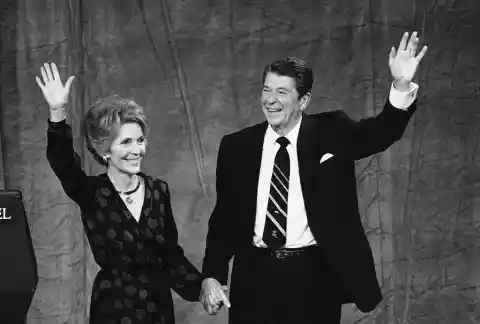
Years later, in 1980, Reagan ran for president and, on November 4, 1980, won the elections, thus becoming the 40th President of the United States.
1981: Lady Diana Marries Prince Charles
Heir to the British throne Prince Charles met Diana Spencer when she was only 16 years old. Years later, they would become engaged and get married in a lavish ceremony.
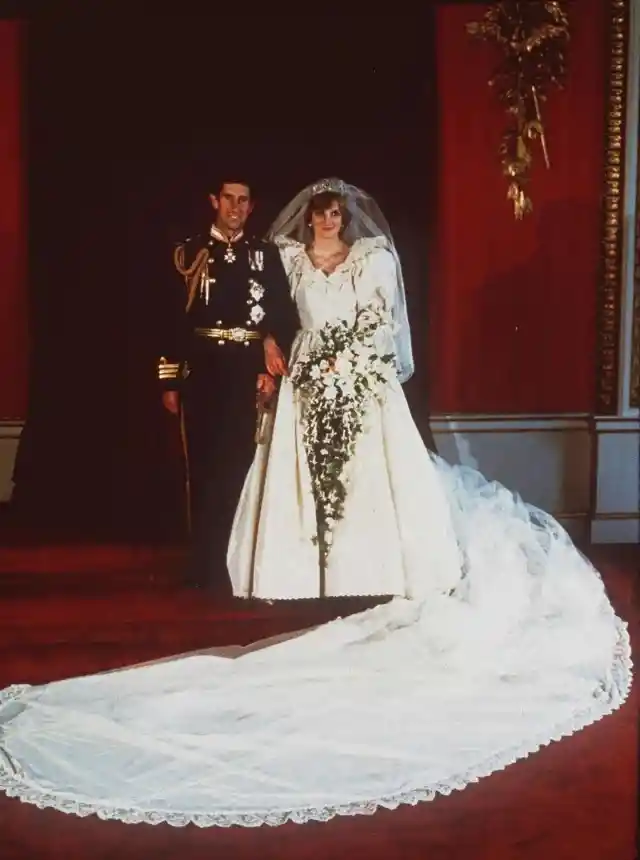
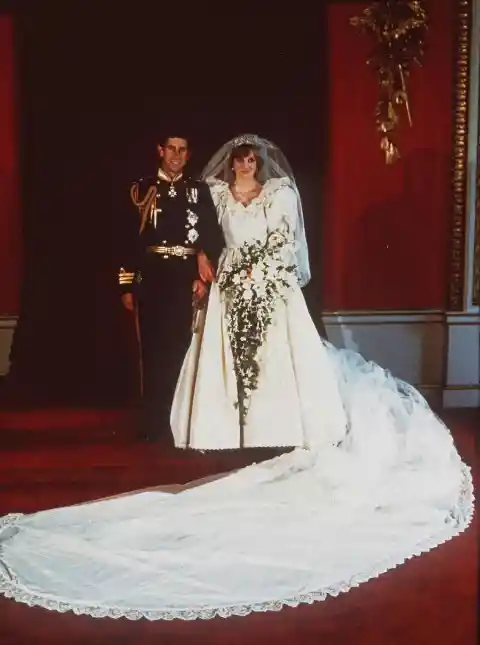
The ceremony was televised, and an estimated 750 million people worldwide watched the event. The royal couple's fairy tale did not last, and the pair ended up getting a divorce in 1996.
1982: Grace Kelly Dies
Hollywood star Grace Kelly became the Princess Of Monaco when she married Prince Rainier III of Monaco in 1956. Before that, Kelly enjoyed a long career and starred in hits like “Rear Window,” “Dial M for Murder,” and “The Country Girl.”
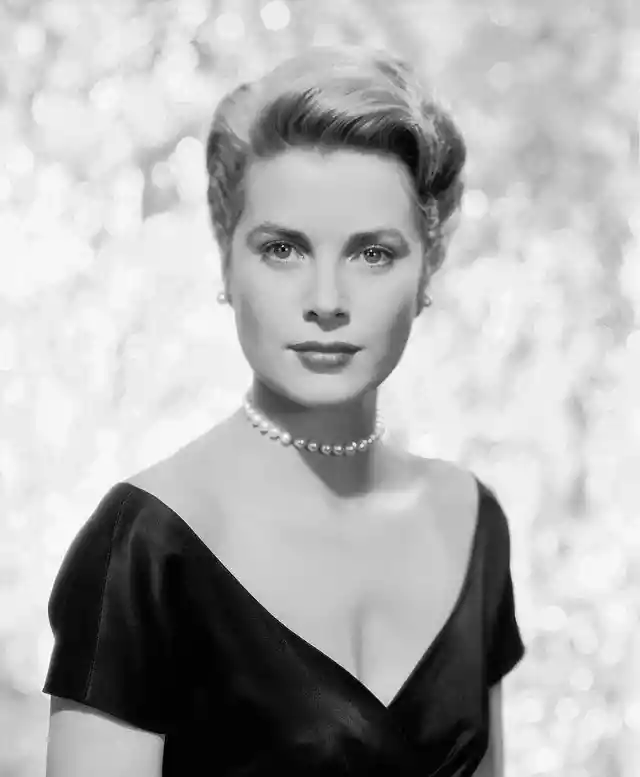
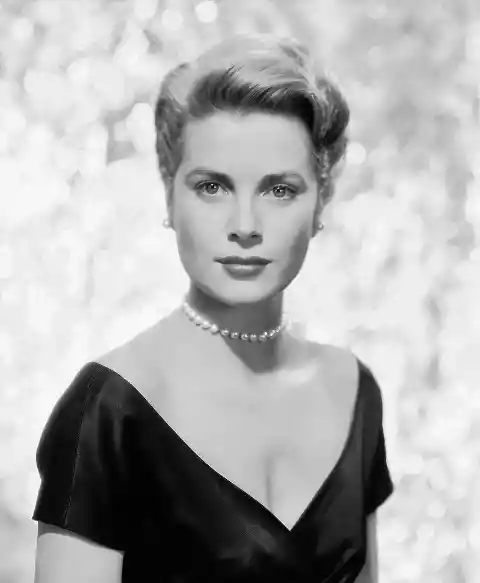
In 1982, Kelly suffered a stroke while driving back to Monaco. She plummeted off an embankment and died shortly after.
1984: US Olympics Team
1984 was the year the United States returned to the Olympics after boycotting the 1980 edition, which was held in Moscow.
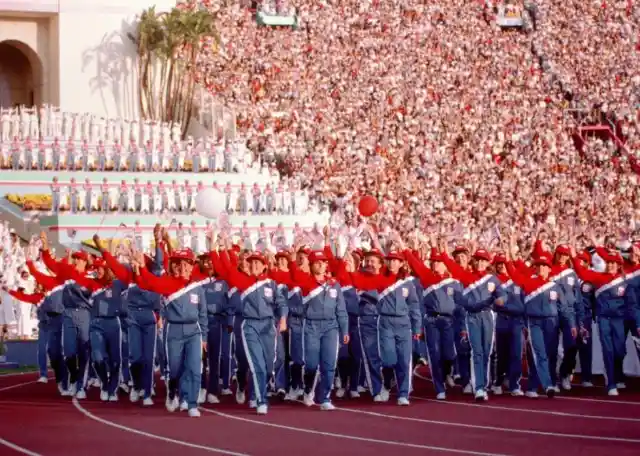
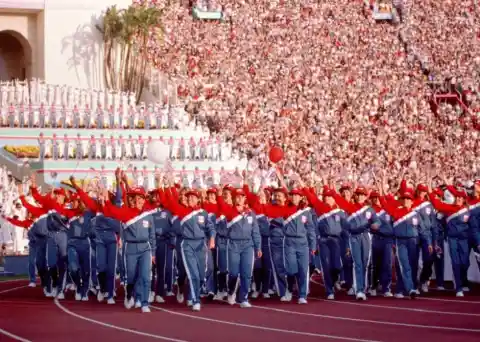
In the 1984 Olympics, the American team won a total of 174 medals. Here you can see all the athletes waving to spectators during the opening ceremonies at the Los Angeles Coliseum.
1985: Princess Diana And John Travolta At The White House
In November 1985, President Reagan invited Prince Charles and Lady Diana to a gala at the White House. He also invited Hollywood royalty names such as Clint Eastwood, Tom Selleck, and John Travolta.


The Grease star shared a dance with Diana, who, despite having taken dancing lessons before, was said to be quite nervous.
1986: Shuttle Challenger Explosion
Pictured below in this NASA file photo are the crew members of NASA’s Shuttle Challenger. The mission was unsuccessful, as the spacecraft exploded 73 seconds after launch.
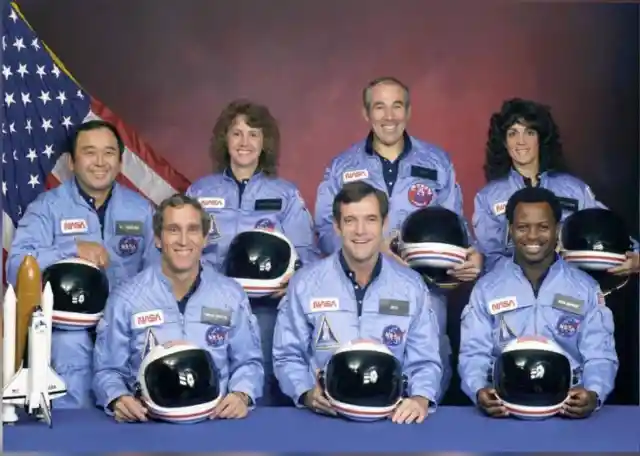

There were seven crew members on board, including school teacher Christa McAuliffe, and none of them survived the explosion. If the mission had been successful, it would have been the first mission to send a civilian to space.
1987: Reagan Speaks At Brandenburg Gate
On June 12, 1987, President Reagan gave a stirring speech at Brandenburg Gate in Berlin. His words were heard by a crowd of 20,000.
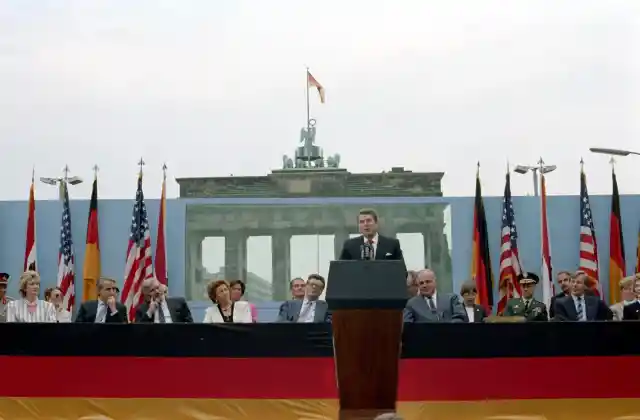
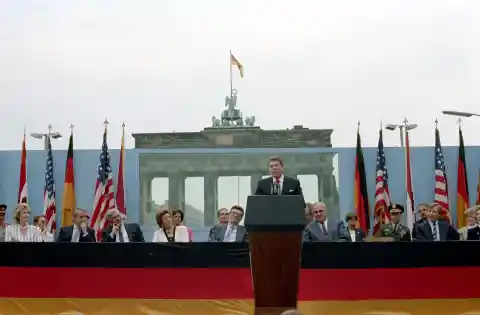
During his speech, Reagan uttered what became one of his most known phrases to this day: “Tear down this wall.” His words were part of a larger message whose receiver was Soviet leader Mikhail Gorbachev. President Reagan called him to destroy the Berlin Wall, thus ending the division between East and West Germany.
1988: Flo-Jo Becomes A Winner
After winning the women’s 100 meters final in Seoul, American track and field athlete Florence Griffith-Joyner walked away with three gold medals.


Flo-Jo set the world records for the 100- and 200-meters dashes and was inducted into the USA Track & Field for these accomplishments.
1989: Berlin Wall Falls
After 28 years of dividing East and West Germany, East Berlin’s Communist Party made the most expected announcement: citizens of East Germany could cross the border wall.


That same evening, hundreds of residents descended while chanting, “Open the gate!” Nearly a year after the fall of the Wall, the reunification of East and West Germany was made official.
1990: The Hubble Space Telescope Is Launched
After years of working on the project, 1990 was when NASA finally completed its vision and released the Hubble Space Telescope into orbit.

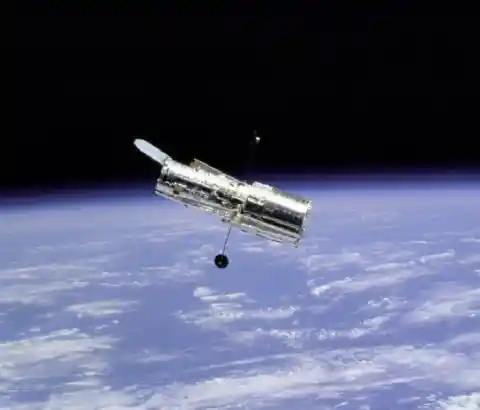
The Hubble was the first major optical telescope, and it represented the “most significant advance in astronomy since Galileo’s telescope.”
1992: US Women’s Gymnastics Team Wins Gold
The 1992 Summer Olympic Games were held in Barcelona, where athletes from all over the world gathered for the event.
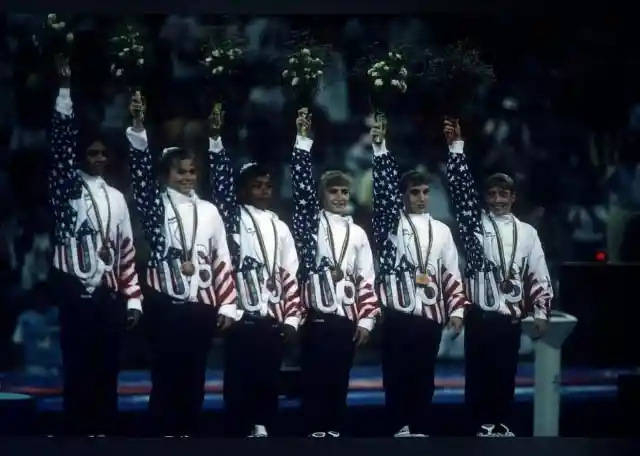
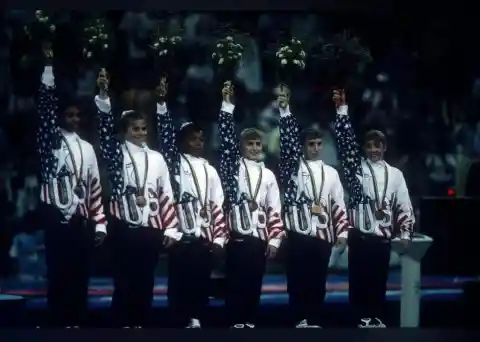
There, the U.S. women’s gymnastics team gave their best. Their performance was outstanding, and one of the team members, Shannon Miller, ended up winning five medals for the team.
1993: Clinton Takes The Oath Of Office
Bill Clinton was elected the 42nd President of the United States in November 1992 and was sworn in during a January ceremony in 1993.
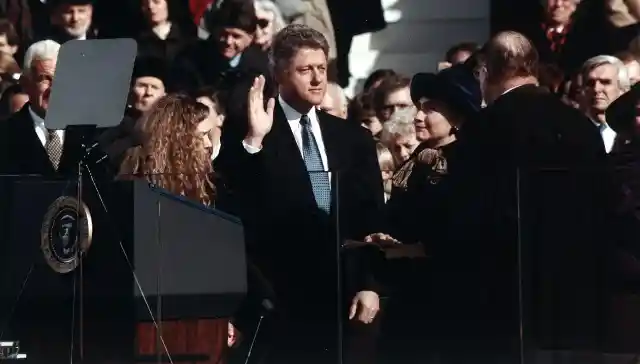
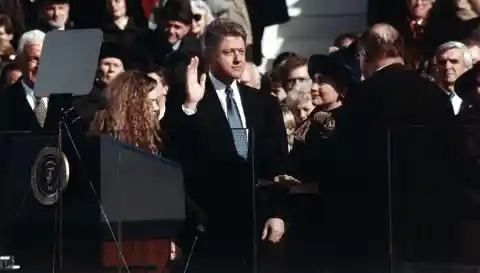
Clinton, an Arkansas native, referred to himself as the “Comeback Kid” due to his unexpected (yet strong) second-place in the 1992 United States presidential election in New Hampshire.
1994: Nelson Mandela Becomes South Africa’s First Black President
In 1994, after dedicating his life working to end racism and abolish apartheid, revolutionary leader Nelson Mandela became South Africa’s first black president at 77 years old.
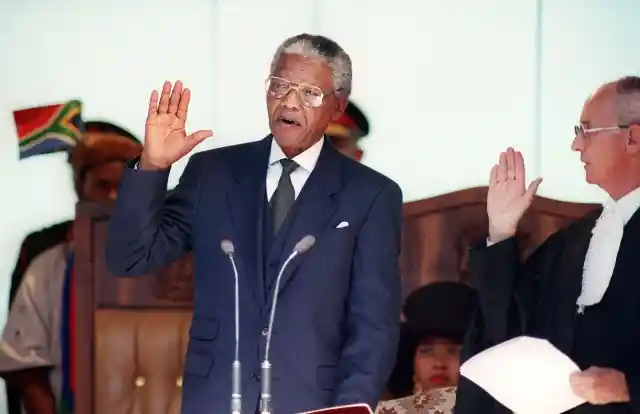

The same year he became president, the Nobel Peace Prize-winner published a novel he had secretly written during his time in prison.
1995: Timothy McVeigh Is Charged
Domestic terrorist Timothy McVeigh is notorious for detonating a truck outside of a federal building in Oklahoma City.
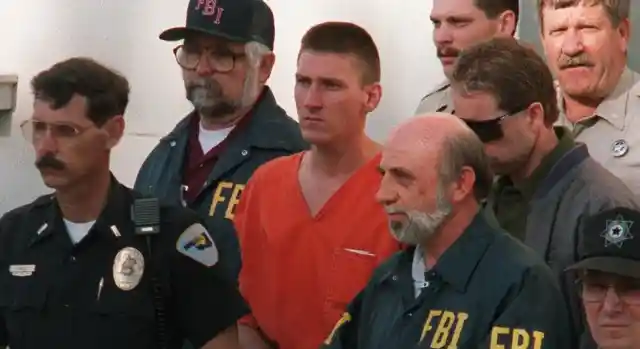
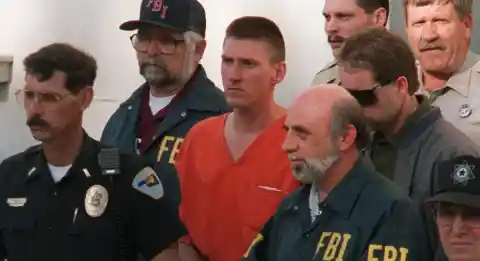
The explosion killed 168 people (including 19 young children) and injured more than 650 others. Shortly after the bombing, McVeigh was convicted on 15 counts of murder and conspiracy.
1996: Dolly The Sheep
Dolly the Sheep was the mammal to be successfully cloned via somatic cell nuclear transfer. At first, the lamb's birth was kept secret under the code name 6LL3.


While Dolly was born on July 5, 1996, she was kept a secret until February 22, 1997, when a paper announcing her existence was published.
1998: Bill Clinton Testifies Before A Grand Jury
“I did have a relationship with Miss Lewinsky that was not appropriate,” were the words President Clinton uttered on August 17, 1998, when he testified before a grand jury.
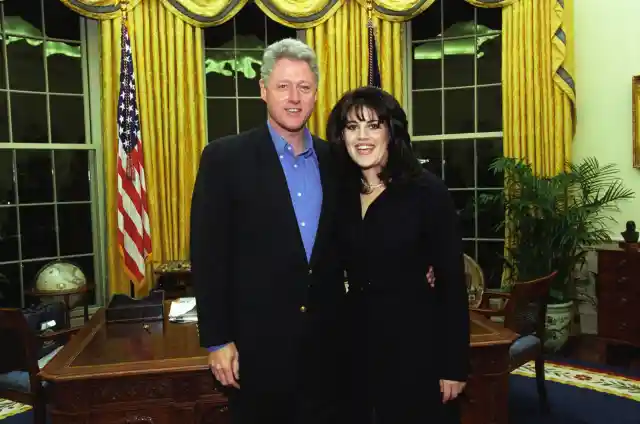

He added that the affair “constituted a critical lapse in judgment and a personal failure” on his part. A day after testifying, Clinton was seen leaving for Martha’s Vineyard with his family.
1999: Columbine High School Shooting
The Columbine High School shooting was a massacre that took place on April 20, 1999. Former students Eric Harris and Dylan Klebold blasted away inside the Littleton, Colorado school.

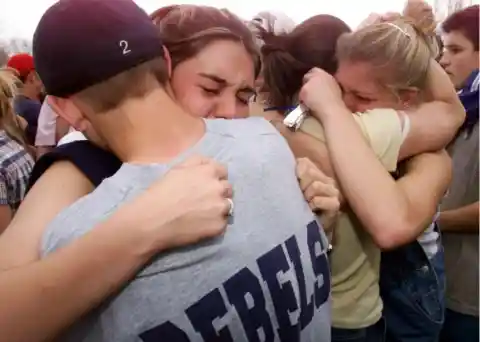
After killing 15 people and injuring another 23, both Harris and Klebold killed themselves with gunshot wounds to the head in the school library.
2000: Vladimir Putin Becomes President Of Russia
In the 2000 Russian Presidential Election, Russian Prime Minister Vladimir Putin was elected president with over 50% of the votes.
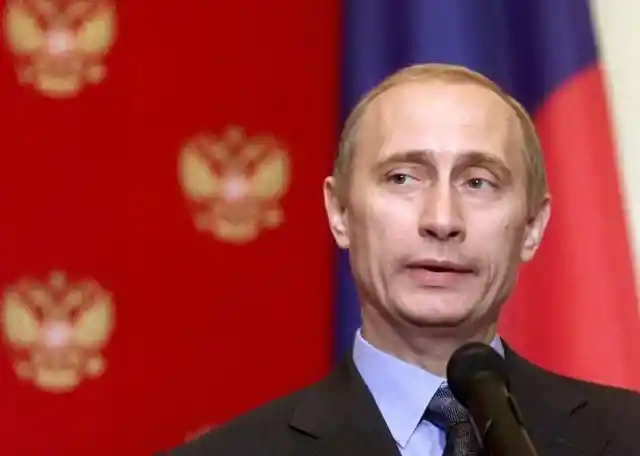
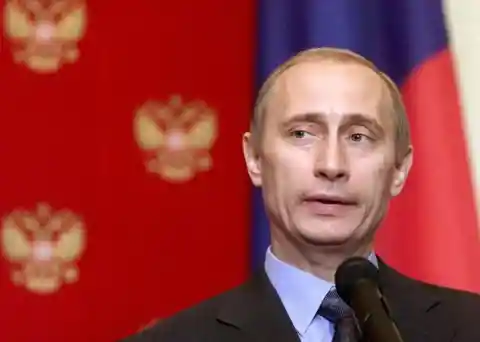
Shortly after taking office, Putin signed two arms control agreements with President Clinton. The Russian president also continued to vigorously defend the war in Chechnya.
2001: September 11 Terrorist Attacks
Pictured below is an unidentified New York City firefighter walking away from Ground Zero during one of the most tragic events to ever happen in the United States.

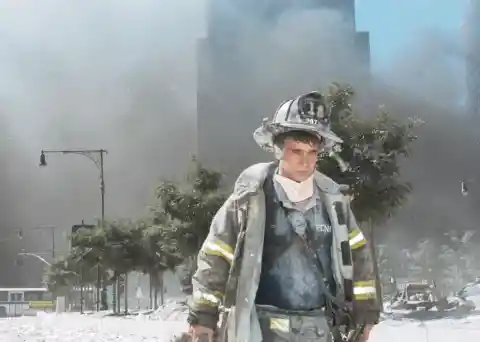
On September 11, 2001, four commercial airplanes were hijacked by terrorists, who intentionally crashed two of them into the Twin Towers of the World Trade Center and a third into the Pentagon. The fourth plane crashed into a field near Pennsylvania when passengers attempted to regain control of the flight.
2002: Bali Nightclub Bombings
On October 12, 2002, less than a year after the September 11 terrorist attacks, two nightclubs in Bali, Indonesia, were bombed by terrorists.
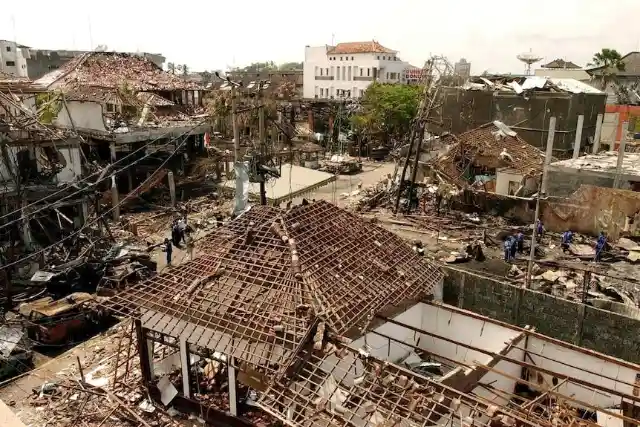

202 people from 21 countries died in the attack. The alleged mastermind behind the bombing was taken to the U.S. detention center Guantanamo Bay and held there before being charged in 2017.
2003: US Invades Iraq
On March 19, 2003, after Saddam Hussein failed to meet the U.S. deadline to leave the country, Baghdad was stormed by armed forces from the United States, Britain, and other allied nations.
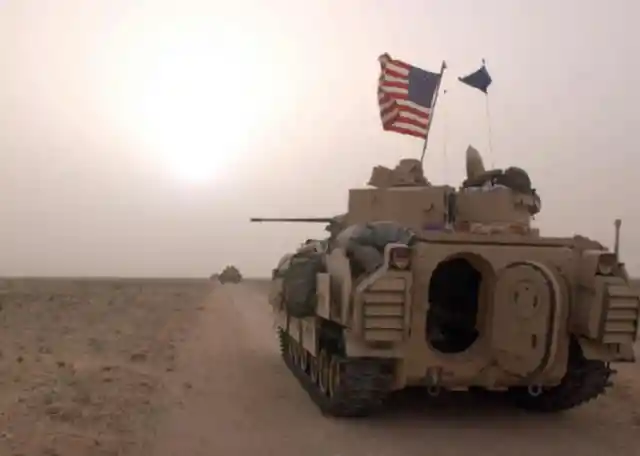
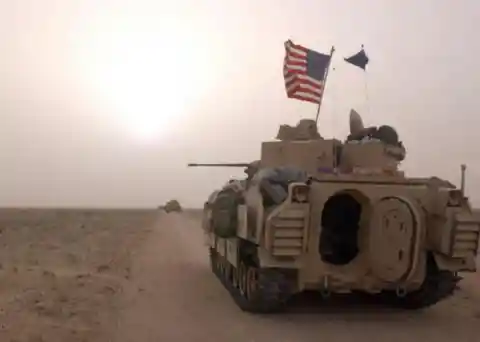
The Iraq War lasted four years and caused more than 50,000 civilian casualties. As far as the U.S. troops, over 3,000 were killed, and more than 23,000 were wounded.
2004: Southeast Asia Tsunami
On December 26, 2004, the coast of Sumatra in Indonesia was devastated by a 9.1 earthquake.
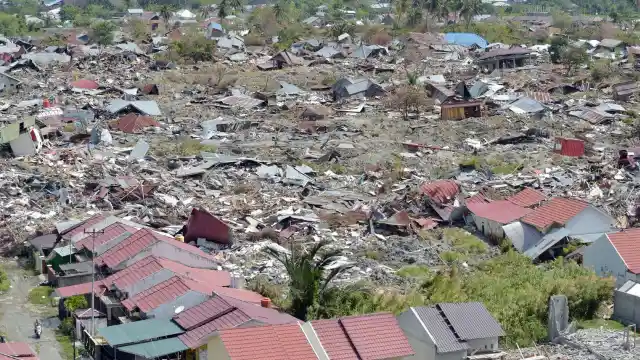

As a result of this geological event, a series of tidal waves caused tremendous damage throughout Southeast Asia. Thailand, Indonesia, Sri Lanka, India, and the Maldives were hit the hardest.
2005: Hurricane Katrina
In 2005, for eight consecutive days, Hurricane Katrina battered the Gulf Coast of the United States. The Category 5 hurricane left a devastating path in its wake.
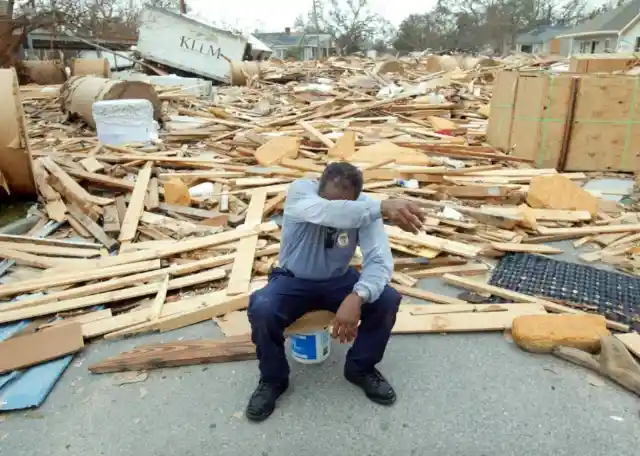
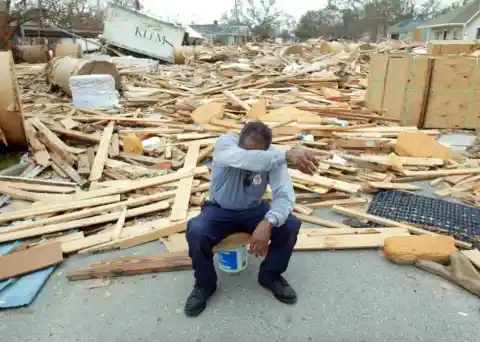
To this day, Hurricane Katrina remains the costliest natural disaster in U.S. history, after causing $125 billion in damage and killing more than 1,800 people.
2006: Saddam Hussein Is Executed
Former Iraqi leader Saddam Hussein was captured in December 2003 and executed three years later, on December 30, 2006.

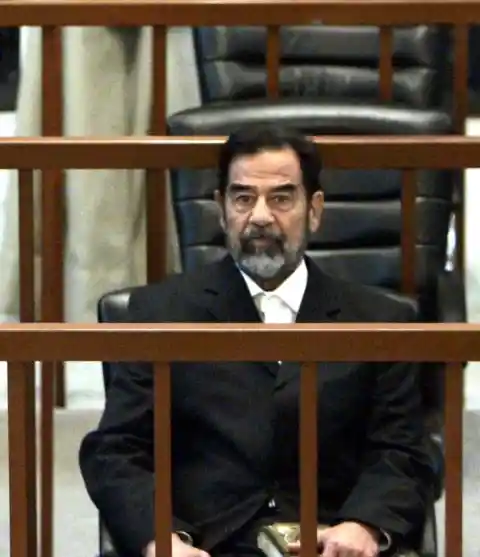
Hussein, who was executed at his former military intelligence service headquarters, was convicted of crimes against humanity. Iraqi officials carried out the execution with the support of the United States.
2007: Apple Launches The iPhone
On January 9, 2007, Apple unveiled what Time magazine would dub the “invention of the year:” the iPhone.


The iPhone was the first touchscreen phone featuring a music player, camera, and web browser. In the photo above, Apple CEO Steve Jobs shows the new mobile technology in the iPhone’s release in Britain.
2008: Financial Crisis Of 2008
The subprime mortgage crisis reached its most critical point in 2008 when some of the world’s biggest lenders and financial institutions collapsed, leading up to a global recession.

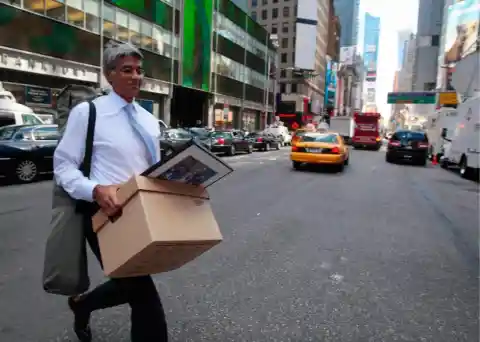
This financial crisis has been labeled the biggest economic downturn since the Great Depression.
2009: Barack Obama Is Sworn In As President
Barack Obama became the United States’ first African American president when he was sworn into office on January 20, 2009.
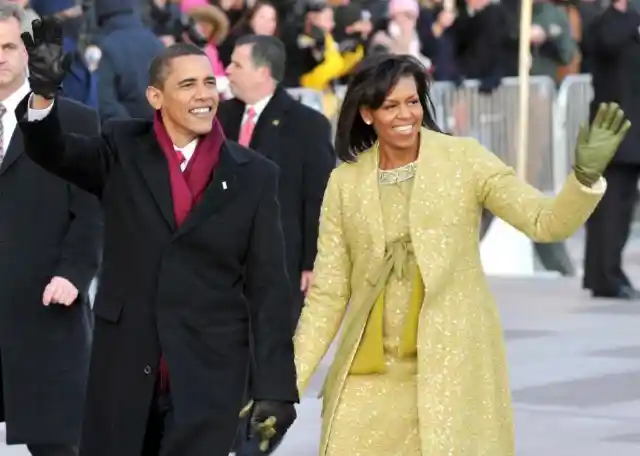
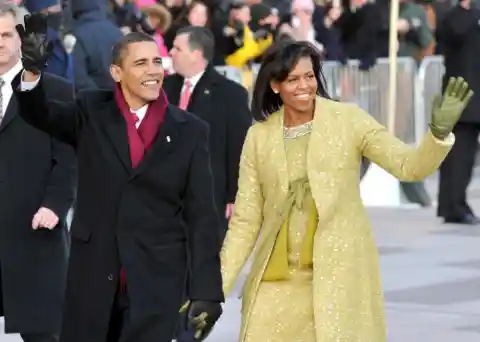
The inauguration ceremony welcomed an estimated 1.8 million people, who gathered to watch Obama become the 44th President of the United States and listen to his first speech as such.
2010: Haiti Is Hit By An Earthquake
The island nation of Haiti was struck by a magnitude 7.0 earthquake on January 12, 2010, leaving approximately one-third of the population dead, missing, or displaced.
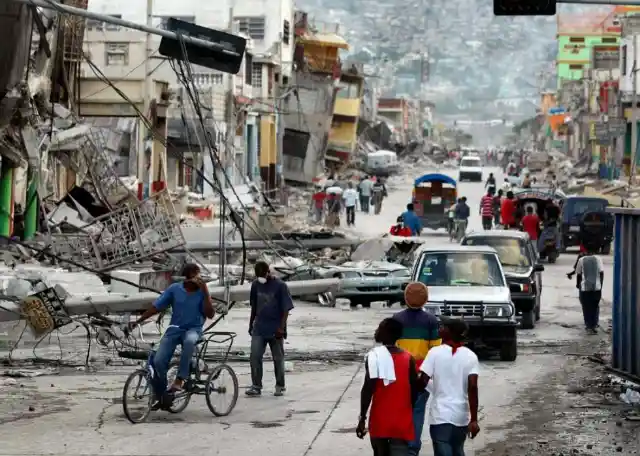

This tragic event also decimated the nation’s infrastructure. This picture by Joe Raedle is just a small example of how disastrous the earthquake was.
2011: Prince William And Kate Middleton’s Royal Wedding
In 2011, Prince William and Kate Middleton had their fairytale wedding. As any royal wedding is, this event was an international media sensation.

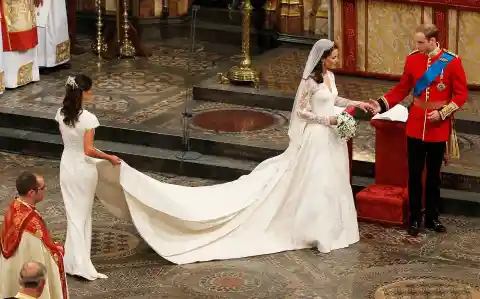
Tens of thousands of spectators flooded the streets, hoping to catch a glimpse of the royal couple as they rode from Westminster Abbey to Buckingham Palace.
2012: Costa Concordia Disaster
On January 13, 2012, 1,023 crew members and 3,206 passengers were aboard the Italian cruise ship Costa Concordia when it struck rocks off the coast of Giglio Island, resulting in the ship’s capsizing.
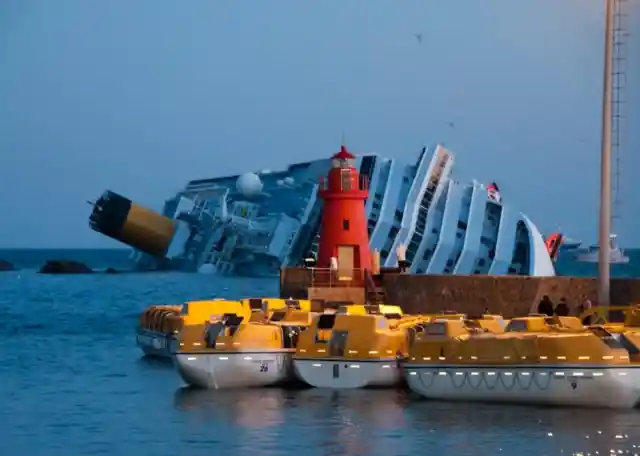

Captain Francesco Schettino was found guilty of manslaughter and lying to the authorities, among other crimes.
2013: Cardinal Bergoglio becomes Pope Francis
After Pope Benedict XVI stepped down on February 28, 2013, Argentinian Cardinal Jorge Mario Bergoglio was elected Pope on March 13.

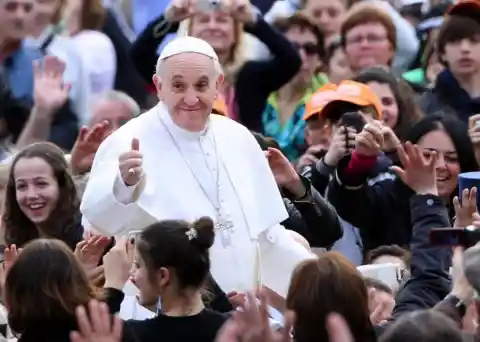
Bergoglio, who is pictured above arriving for a weekly audience, became the first Latin American Pope. He is now known as “Pope Francis,” which is the name he took.
2014: Ebola Outbreak In West Africa
On January 24, 2014, after cases of Ebola were reported in Guinea, health authorities issued an alert. Less than two months later, the World Health Organization had officially declared an outbreak.

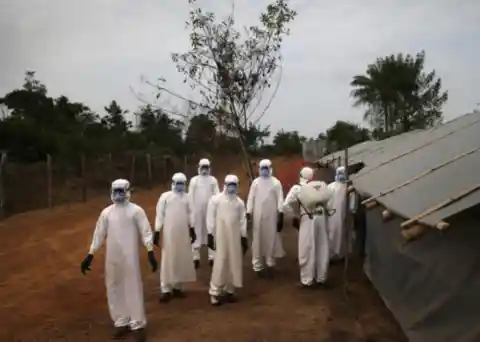
A total of 28,600 people in many countries from all over the world ended up being infected by the disease, which caused over 11,000 deaths.
2015: Paris Terrorist Attacks
Terrorists launched a coordinated series of attacks in Paris on November 13, 2015. After the events took place, ISIS took responsibility for the attacks.
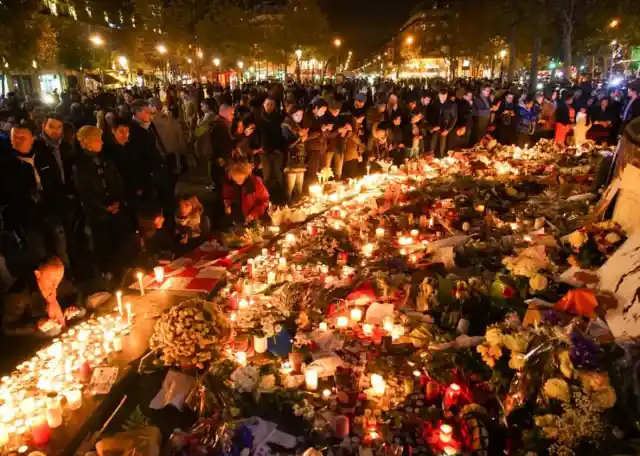
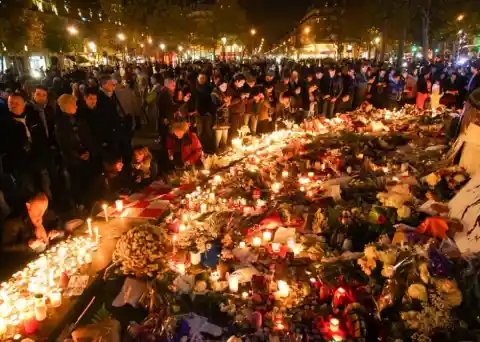
From setting off explosions to mass shootings and a bloody hostage standoff at a concert hall, the attackers killed 130 people and wounded 494.
2016: Zika Virus
When Brazil was preparing to host the 2016 Olympic Games, an outbreak of the Zika virus was reported in Recife.
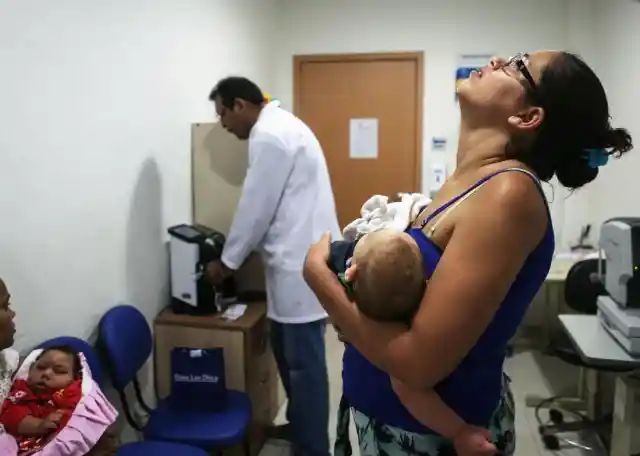
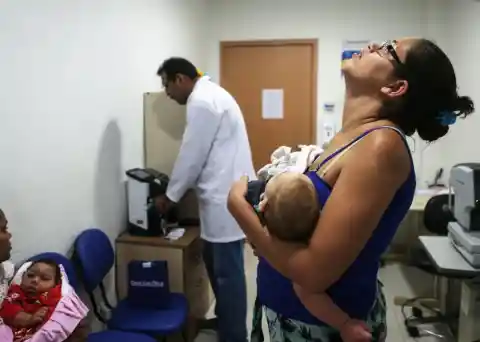
While the World Health Organization declared it was safe to proceed with the event, a considerable number of health officials called on the government to either postpone or cancel the events.
2017: Hurricane Harvey
When Hurricane Harvey struck the coast of Texas on August 25, 2017, homes were flooded, and more than 80 people were killed.

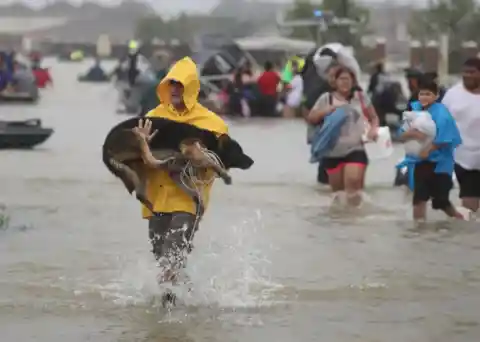
With $125 billion worth in damages, the Category 4 storm became the costliest natural disaster in U.S. history, apart from Hurricane Katrina.
2018: Group Of Seven Summit
The 2018 G7 summit was hosted in Charlevoix, Canada, and lasted two days. Leaders and representatives from the U.S., Italy, the U.K., France, Germany, Japan, and The EU gathered to discuss global economic policies informally.

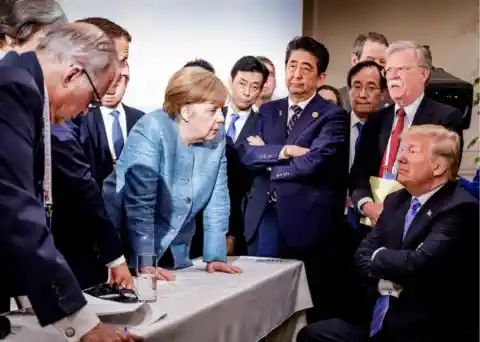
As shown above, the tone of the meeting was not the best, as the gathering came in the midst of a looming trade war led by President Donald Trump.
2019: Midwest Floods
In 2019, flooding caused devastation across the Midwest. Several states battled some of the worst floods they have ever had to experience in decades.
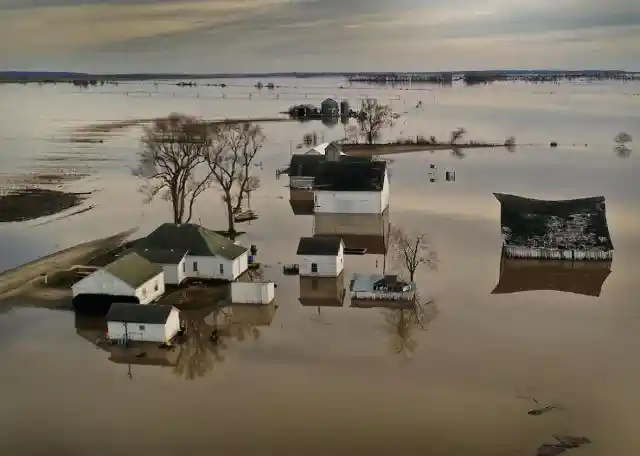

This historic flooding was so intense that at least three people lost their lives, and over 10 states had to seek federal disaster funds in order to recover from the damage it caused.
2020: Social Distancing
Nowadays, the concept of social distancing is nothing new. But it certainly was at the beginning of 2020 when the COVID-19 pandemic struck. The virus, which infected almost everyone and killed millions, forced us to adjust to a new normality.
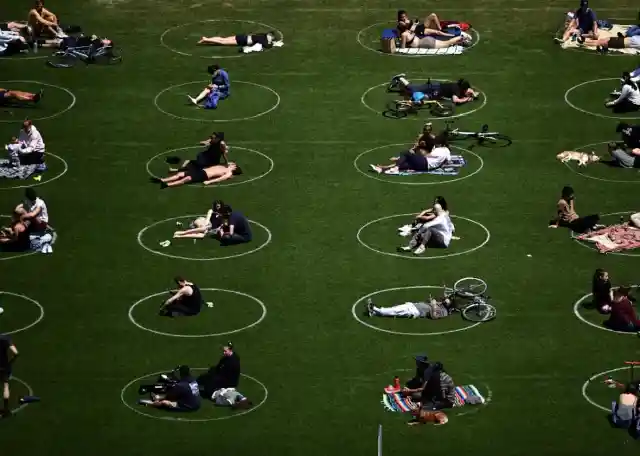

After enduring some months of lockdown and quarantine, social distancing, the use of face masks, and the development of different vaccines and new sanitary measures have been brought to the table to prevent the virus from spreading or, at least, minimize its consequences.